|
“Mendocino is unique, rugged and refined, a place that draws passionate people. I’m pleased to be a part of that passion at Saracina.” -Alex MacGregor, Lead Winemaker Located in northern California, Mendocino County AVA (American Viticultural Areas) is one of the most northern wine regions in the state and is north of Sonoma. There are ten diverse appellations with two distinct climate zones divided by the Mendocino Range. Mendocino tends to be defined as “coastal or inland,” and the ocean’s cooling effects vary on the vineyards. My focus today is on Hopland, an area in the southern part of the county and about 30 miles north of Healdsburg. Saracina Vineyards is a 250-acre family-owned ranch situated in Hopland along the Upper Russian River. Saracina is a Certified California Sustainable (CSWA) winery and vineyards with 140-year-old olive trees, vegetable gardens, and beehives. Forty acres are devoted to wine vineyards with six distinct parcels and diverse soils including rocky, black clay and gravelly loam. The climate is composed of wet winters and dry summers, with a substantial diurnal shift from warm days to cool nights. Saracina was founded in 2001 by a well-known husband and wife team in the wine industry, John Fetzer and Patty Rock. They named the estate ‘Saracina’ after a centuries-old farmhouse and vineyards in Tuscany where John and Patty spent their honeymoon. They brought winemaker Alex MacGregor on board in 2002. Alex, who brings a wealth of knowledge, enthusiasm, and passion to winemaking, has left no stone unturned when it comes to “pushing the limits.” He loves working with old vines, using native yeast fermentations, hands-off elevage (Elevage by definition is the process of nurturing the wine from fermentation to barrel to bottling.), and unfiltered bottling. Saracina’s handcrafted, limited production is testimony to the quality of their wine and respect and dedication for the land. In 2018 Marc Taub, the third generation of the Taub family and owners of Palm Bay International, a leading wine importer, became proprietor of Saracina Vineyards. Marc continues to maintain the values and quality of Saracina that began with John and Patty. Several months ago, I had the opportunity to taste five Saracina wines with Alex MacGregor at a Zoom wine tasting event. Saracina Sauvignon Blanc 2019 This 100% Sauvignon Blanc is sourced from two vineyard sites, Lolonis and Chevalier vineyards. The Lolonis vineyard has some of the oldest Sauvignon Blanc vines in the country, planted in 1942. The grapes were hand-harvested and barrel fermented in neutral French oak with native yeast. The nose offers beautiful aromas of melon, citrus, and white stone fruit. It is well structured with floral, grapefruit, white peach, minerality, and vibrant acidity on the palate. Alcohol: 13.2% SRP: $23 Saracina Unoaked Chardonnay 2019 This wine is 100% Chardonnay. Grapes are sourced entirely from 40-year-old vines at the Saracina ranch in soils influenced by the Russian River. It was cool tank-fermented with four months on lees. The wine has lovely aromas of white stone fruit, pear, citrus, and apple. The palate offers pear, sweet apple, and crisp lemon with nice acidity and a good, clean texture. Alcohol: 13.2% SRP: $23 Saracina “Skid Row” Malbec 2018 The grapes for this 100% Malbec were planted in 1999 in Skid Row Vineyard in the westernmost block on the Saracina ranch. The plant material is the original Bordeaux clone 4 and is the lowest-yielding commercial Malbec available, producing concentrated fruit. This wine is aged in thin-stave French oak barrels (15% new wood) for 19 months. “The vineyard was named “Skid Row” for the tracks carved into the surrounding hillsides in the late 19th and early 20th centuries by donkeys dragging logs down to the vineyard site, where they were collected to fire the furnaces for hop barns in the course of making beer.” Alluring aromas of dark berries, dark cherry, plum, and a hint of spice set the stage for this delicious wine. The palate offers lush berries with a dark jammy feel, baking spice, silky tannins, and a lengthy finish. Alcohol: 14.2% SRP: $30 Saracina “Old Soul” Red 2018 “Old Soul Red by Saracina is a nod to Mendocino County’s adventurous history of exploration and discovery.” This wine is a blend of 43% Zinfandel, 31% Malbec and 26% Petite Sirah. The Zinfandel is sourced from two vineyards sites, the Chapman vineyard in Redwood Valley and the Sawyer vineyard that sits at 1000’ feet elevation. The Malbec is sourced from the Saracina estate, and the Petite Syrah comes from the Saracina estate’s steep hillside and the Niemi vineyard with 20-year-old vines. The wine was aged in 10% new thin-stave French oak and four-year seasoned American oak for 18 months, Aromas of cherry, berries, and spice segue onto the palate with additional notes of rich ripe fruit, plum, and a hint of oak. Soft tannins balance nicely with acidity, and the finish is long and lush. Alex remarked, “This is a sophisticated and ‘more rustic’ peasant wine. The blend changes every year.” Alcohol: 14.7% SRP: $25 Saracina “Winter’s Edge” 2018 This red blend is 50% Garnache, and 50% field blend (Grenache, Carignane, French Colombard). “This unique old vine field blend is vinified from grapes picked from two single vineyard sites on November 6th, 2018 (post frost). From the Casa Verde vineyard, planted in 1944, we harvested a field blend of old vine Carignane, Grenache, and French Colombard. Casa Verde is dry-farmed and certified organic with 75-year-old, head-pruned vines planted on alluvial loam soils. This incredibly unique fruit is complemented by a percentage of Grenache from the Niemi Vineyard, where red soils with volcanic influence yield grapes with a plush and jammy character that adds weight, texture, and ripeness to the final blend.”- Saracina vintage notes. The free-run, drained juice underwent native malolactic fermentation that took 12 months to complete. The wine was then aged for 19 months in older Francois Freres barrels. This is a vibrant, bold, and juicy wine with aromas of rose, ripe red fruit, and baking spice. The palate is layered with sour cherry, pomegranate, raspberry, and a touch of pepper. Mild tannins, brilliant acidity, or, as Alex says, “crunchy acidity” lead to a long finish to savor it all!
Alcohol: 14.5% SRP: $30 The white wines are perfect for aperitifs or pair with oysters, seafood, or spicy Asian cuisine. Enjoy the reds with a charcuterie plate, grilled meat, fowl, or hearty stews. Enjoy these expressive wines all year long. I guarantee that you will taste the passion and dedication in every sip! Until next time… Cheers! Penina To leave a comment or if you have an inquiry, please contact me at [email protected] Approximately seven months ago, I wrote an article about Ritual wines, a brand produced from the organic estate of Viñedos Veramonte located at the extreme eastern end of Chile’s Casablanca Valley. They produce several brands, and I’m here to give a “shout-out” to their Veramonte label. For a more in-depth exploration of the region and winery, please click on the link below. http://thewineknitter.com/the-journal/category/casablanca-valley Veramonte vineyards are located in Casablanca Valley and Colchagua Valley. Casablanca Valley The vineyards in Casablanca Valley benefit from the cool morning fog and cloud cover in addition to the cool sea breezes of the Pacific Ocean, which alleviate the heat of the day. Soil composition is a combination of decomposed granite soil with a top layer of red volcanic clay. This soil allows the vines to go deep and absorb minerality, which reflects in the wines. These are ideal conditions for growing white varieties such as Sauvignon Blanc and Chardonnay and cool climate red varieties like Pinot Noir, Merlot, and Syrah. Colchagua Valley The Veramonte vineyards are located in Marchigüe, a sector of the Colchagua Valley that is about 45 kilometers from the Pacific coast. It is a Mediterranean climate with a natural cooling influence from the Pacific Ocean. The vineyards here are a combination of well-drained soils with clay-loamy texture and rocky material that provide ideal conditions for growing varieties like Cabernet Sauvignon and Carménère. Here are three Veramonte wines that are as impressive as their SRP of $11.99! Veramonte Chardonnay 2019
Organic grapes for this 100% Chardonnay are sourced from Casablanca Valley. 15% of the wine is barrel fermented in neutral oak with wild yeasts for eight months, and the rest in stainless steel tanks. Aromas of floral, pear, white stone fruit and citrus segue onto the palate with subtle oak notes, lemon and a hint of salinity. This is a fresh and vibrant wine. Serve as an aperitif or pair with appetizers, seafood, grilled veggies, and pizza. Alcohol: 14% Veramonte Sauvignon Blanc 2020 Organic grapes for this 100% Sauvignon Blanc are sourced from Casablanca Valley. The fruit goes straight to the press, where the juice sits for 24 hours. It is then fermented at a low temperature in stainless steel tanks. This wine has lovely white stone fruit, green apple, and floral aromas that spill onto the palate. This is a fresh, smooth wine with vibrant acidity, grapefruit, herbal notes, and lime lingering on the finish. Serve as an aperitif or pair with ceviche, grilled fish, asian cuisine, or roasted chicken. Alcohol: 13.5% Veramonte Cabernet Sauvignon 2018 Organic grapes for this 100% Cabernet are sourced from Colchagua Valley. The wine is aged for eight months in neutral oak barrels. Notes of dark and red fruit, spice and a hint of tobacco are on the nose. The palate offers blackberry, strawberry, dark cherry, spice, and pepper. It’s a nice wine, and one can’t argue the price. Serve with grilled meat, game, hearty stews, and seared tuna. Alcohol: 14% Until next time… Sad to say, summer is coming to an end, and it seems to have gone by in a blur. With autumn just around the corner, it’s time to start exploring a few red wines. However, I can assure you that I will be writing about white, rosé, and sparkling wines all year long! Today, my virtual plane takes us to Flora Springs Napa Valley Estates to taste some delightful red wines. Flora Springs is a family-run winery founded in 1978 by Jerry and Flora Komes. In 1977 they purchased 325 acres of land and 60 acres of vineyards which needed attention, including rebuilding the winery. The property is situated among vineyards planted in the late 1800s and is now part of the estate vineyards. Today, their son John is the president, and both he and his sister Julie, are the proprietors of the estate. In addition, Julie’s husband, Pat Garvey, is the vineyard director and proprietor. Since Jerry and Flora’s retirement and subsequent passing, (Jerry died in 2001 and Flora died in 2012), the Komes-Garvey family, including the third generation, have carried on the family legacy and expanded the estate to include over 500 acres of land, of which 350 acres are planted to vines. The estate properties extend from the cool, rolling hills of Carneros to the renowned sub-appellations of Oakville, Rutherford, and St. Helena. The family is all about sustainable practices in the vineyards that promote healthy vines and soil. In January of 2020, Daniel and Florence Cathiard, the owners of Château Smith-Haut-Lafitte in Bordeaux, purchased Flora Springs. However, the Komes-Garvey families will retain the brand name and tasting room in St. Helena. In addition, they still own 200 acres of other vineyards throughout Napa Valley including vineyards where grapes are sourced for their flagship wines, Trilogy and Soliloquy. Here are two elegant wines from the estate. Trilogy, Red Blend 2018 This is Flora Spring’s flagship wine. The first vintage was produced in 1984. Sourced from the best lots of the Komes Ranch Napa Valley vineyards, this Bordeaux-style wine is 83% Cabernet Sauvignon, 8% Malbec, and 9% Petit Verdot. It is aged for 18 months in 80% French oak and 20% American oak. It opens with beautiful aromas of soft floral notes, dark berries, plum, and spice. The palate offers black and red fruit, emphasizing dark cherry, plum, and black raspberry. This is an elegant but lively wine with just the right amount of acidity. Spicy notes with vanilla and cocoa linger on a long finish. Alcohol: 14.2% SPR: $85 Cabernet Sauvignon, Napa Valley 2018 This 100% Cabernet Sauvignon is sourced and hand-harvested from the Komes Vineyard in Rutherford and Crossroads Vineyard in Oakville. All lots were aged for 18 months in 70% French oak and 30% American oak barrels. Beautiful aromas of red and dark fruit, spice, and a hint of herbs spill onto the palate with layers of dark cherry, plum, anise, baking spice, and dark chocolate. The acidity keeps this wine on the lively side, but it always maintains its sophistication.
Alcohol: 14.2% SRP: $50 You can tuck these wines away until 2035 or open now! Pair with grilled meat, seared tuna, stews, or hearty soups. Enjoy! Until next time…. Cheers! Penina To leave a comment or if you have an inquiry, please contact me at [email protected] Read my latest story for Santé Magazine. Click the link below. https://santemagazine.com/the-magic-of-donnafugata/ Until next time... Cheers! Penina To leave a comment or if you have an inquiry, please contact me at [email protected]
It is the dog days of August, and there is no escape from the heat and humidity for some. Hydrating with lots of water is essential, but come “cocktail hour,” one might want to end the day with something more “flavorful.” My pick for this week is three light and refreshing wines from Scheid Family Wines. Scheid Family Wines, founded in 1972, is located in Monterey AVA of California’s central coast. It began as a grape-growing company, selling 100% of its production to other wineries. Today this family-run and owned winery produce and bottle their own wine from estate vineyards that stretch along a 70-mile spread of the Salinas Valley. Their portfolio includes seven brands. From the very beginning, the family was environmentally conscious, which is reflected in their vineyards and winemaking practices. “From our start in 1972, we’ve held firm to the belief that growing the highest quality wine grapes and crafting the best wines possible can only be achieved through taking care of the land and our people. The best wines come from healthy vines.” Scheid Family With 12 certified sustainable estate-grown vineyards in Monterey, the Scheid Family champions low-impact farming methods. This includes composting 100% of the winery’s grape pomace, stems, and seeds in the vineyards and recycling 100% of the winery wastewater. Their state-of-the-art winery is also certified sustainable and powered by 100% renewable wind energy. In addition, Scheid Family Wines is organically farming 1500 acres of their estate vineyards with the objective of establishing 100% organic farming methods in all of their estate vineyards by 2025. Here are three wines representing three brands from their portfolio. Ryder Estate Pinot Noir Rosé 2020
Pinot Noir grapes are sourced from sustainably farmed vineyards on the central coast. This wine begins with tantalizing aromas of berry, cherry, floral, and a hint of earthiness. The palate is fruit-forward and lush with strawberry, cherry, and a touch of rose petals on the finish. It is crisp and refreshing with bright acidity. Alcohol: 13% SRP: $15 District 7 Chardonnay 2019 The Chardonnay grapes for this wine are sourced from District 7 sustainable estate vineyards in the cooler wine-growing regions of Monterey. 25% of the wine was aged in new French oak for 14 months and 75% in stainless steel tanks. Lovely aromas of citrus, pear, stone fruit, and vanilla segue onto the palate with tropical notes and sweet apples. A nice finish of citrus, vanilla, and cream lingers on the palate. This wine is crisp, balanced, and very refreshing. Alcohol: 13.5% SRP: $18 Scheid Vineyards Estate Sauvignon Blanc 2020 This 100% Sauvignon Blanc is sourced from five estate vineyards in the Monterey appellation, including Scheid. The wine is aged for four months in stainless steel tanks. Citrus, white stone fruit, and a hint of exotic fruit aromas lead to a palate of fresh fruit that includes subtle herbal notes and a touch of minerality. Crisp acidity and a dab of lemon zest on the finish will certainly please the palate. Alcohol: 13.5% SRP: $22 Drink these wines as an aperitif or pair with appetizers, seafood, salads, roasted chicken, or light pasta dishes. Enjoy and stay cool! Cheers! Penina To leave a comment or if you have an inquiry, please contact me at [email protected] There seems to be a designated day of the year for celebrating and honoring every style of wine and spirits ever produced! And on August 13, it is National Prosecco Day. Prosecco is a sparkling wine produced in the northeastern part of Italy and is made primarily with Glera grapes. Without going into too much detail, here is a quick overview of the production area. Many of the sparkling wines labeled Prosecco DOC (Denominazione d’Origins Controllata) come from nine provinces between Veneto and Friuli-Venezia Giulia. What is considered the best quality Prosecco comes from the Treviso province, especially the area between Valdobbiadene and Conegliano, a hilly area which is the home of Prosecco Conegliano Valdobbiadene Superiore DOCG (Denominazione d’origins Controllata e Garantita). Conegliano Valdobbiadene has ancient origins of vine growing dating back to the Roman Empire, but the first written documentation connecting Prosecco to this area is 1772. The DOC was established here in 1969, and the historic production of Prosecco has been limited to 15 communes. In 2009, Conegliano Valdobbiadene Prosecco DOCG certification was issued, becoming Italy’s 44th DOCG. And in 2019, the Prosecco hills of Conegliano-Valdobbiadene were recognized as a UNESCO World Heritage Site. As of January 1, 2021, the Denomination di Origins Controllata (DOC) consortium gave its final stamp of approval for making Prosecco Rosé, setting these wines apart from other pink sparkling wines made in Italy. The grapes for Prosecco Rosé must be sourced from a specific geographic area that has passed the Italian Government’s quality requirements. In addition, only Glera grapes (85 -90%) and Pinot Noir (10-15 %) are allowed. The DOC guidelines also require Prosecco Rosé to be fermented in stainless steel tanks for at least 60 days. Also, they must be vintage-dated and labeled Prosecco DOC. These sparkling wines range in style from very dry to slightly sweet. Unlike Champagne which goes through its second fermentation in the bottle (traditional method), Prosecco is made using the Charmat-Martinotti method, where the second fermentation takes place in stainless steel tanks. Due to the Glera grape’s moderately high acidity and typical characteristics of white flowers, peach, melon, and pear, it is the perfect grape for sparkling wine. Over the last month or so, I received many samples of Prosecco. And what better way to celebrate National Prosecco Day than to pop a few corks! So, here is a review of four Prosecco DOC sparkling wines. Corvezzo Winery Corvezzo Winery, founded in 1960, is located in the village of Cessalto near Treviso. It is headed by third-generation Giovanni Corvezzo, who took over in 2009 and refers to himself as the “Happy Farmer.” He completely transformed the estate’s 180 acres to certified organic farming and production in the winery. Corvezzo Prosecco DOC Extra Dry Made with 85% Glera and 15% DOC allowed grapes, this wine has a lovely fragrance of flowers, green apples, citrus, and pear that segue onto the palate. This is a crisp and refreshing wine with fine bubbles and a touch of citrus zest on the finish. Alcohol: 11.5% SRP: $13 Corvezzo Prosecco DOC Rosé Extra Dry Millesimato This wine is made with Glera (85% to 90%) and Pinot Nero. Berry, citrus, and heavenly floral aromas continue onto the palate with lots of strawberries, a touch of citrus, fine bubbles, and a hint of salinity. Alcohol: 11.5% SRP: $13 Bread & Butter Wines Bread & Butter may be based in Napa, California, but their arms also reach across the ocean to the Veneto region. Linda Trotta, the head winemaker for Bread & Butter, worked with a 90-year-old family-owned winery in the small town of Fossalta di Piave to produce Prosecco DOC for Bread & Butter, the first sparkling wine for the brand. Bread & Butter Prosecco DOC This wine is made with Glera (85% to 90%), Chardonnay, and Pinot Grigio. Floral, citrus, and green apple aromas lead to a palate of peach, pear, and a hint of citrus, with a delicate and pleasantly foamy mouthfeel. Alcohol: 11% SRP: $15.99 Zardetto Winery Zardetto is located between the areas of Conegliano and Valdobbiadene. This family-owned winery has a history of winemaking dating back to 1900. They became an official company in 1969. In the 1980s, Fabio Zardetto led the winery to specialize in the production of sparkling wines, with the United States becoming the company’s first export market for their Prosecco. Today, the estate is owned by Latentia, and the winemaker is Fabio Zardetto. Zardetto Prosecco DOC Brut The grapes for this wine are Glera (85% to 90%) and Pinot Bianco/Chardonnay. Delicate aromas of white flowers, apricot, and apple open to a layered palate of citrus, white stone fruit, melon, and a hint of herbs, along with persistent and creamy bubbles. It is fresh and lively. Alcohol: 11% SRP: $17 All of the above wines will drink beautifully as an aperitif or pair with appetizers, seafood, salads, grilled fish, or pizza. The possibilities are endless. Enjoy National Prosecco Day!
Cheers! Penina To leave a comment or if you have an inquiry, please contact me at [email protected] Every bottle of wine has a story, whether it’s the history behind the winemaking, the grapes, region, or the memory attached to drinking it. This is a story of an Albanian family who has striven and succeeded in making a difference in war-torn Kosovo. The story begins with Rrustem Gecaj, an Albanian American who immigrated from Yugoslavia in 1974 to escape communism and the hardships that came with it. After living in Italy and then Canada, Rrustem was granted a visa to the United States in 1976. He made his home in New York City, became a United States citizen, and with his wife raised their children in the surrounding suburbs. Through wise real estate investments and other fruitful business ventures, Rrustem amassed an impressive portfolio. However, the ravages of the Kosovo War that raged from 1998-1999 weighed on him, and he longed to return to Kosovo to help rebuild the economy and create jobs for those less fortunate who had survived the war. It was also his dream to reconstruct the family kulla (“stone house” in Albanian) that was destroyed in the war. Kullas were created by the countrymen and date back hundreds of years. A kulla is traditionally made of four-cornered walls, each three feet thick and usually two to three stories tall. They are mostly windowless towers/fortresses that were built as a social center for the extended family, as well as for defense. Many businesses and wineries in Kosovo were once state-owned properties, including Stone Castle. Built in 1953 by the Yugoslavian government, the winery was originally known as NBI Rahoveci. When many businesses became privatized in 2006, Rrustem saw an opportunity to fulfill his dream. So, with enthusiasm and determination, Rrustem returned to Kosovo with the Gecaj family and purchased the NBI Rahoveci winery renaming it Stone Castle Vineyards and Winery. In 2008, Kosovo was recognized as an independent state. Kosovo is located in the Balkan region of southeastern Europe, and Stone Castle is situated in the heart of the Rahovec Valley, Kosovo’s premier, and dominant wine region. This region enjoys a Mediterranean climate with sunny days most of the year and ample rainfall during the summer. It is, therefore, an ideal area for growing grapes. The soil is rich in clay and limestone with elevations that can reach 1700 feet above sea level. Avdi, Rrustem’s son, said, “Our soil is fertile with no need for irrigation systems due to the sufficient amount of rain.” In Kosovo, two-thirds of vineyard plantings are red grape varieties that include Cabernet Sauvignon, Gamay, Pinot Noir, Merlot, and indigenous varieties such as Vranç, Prokupac, and Zhameta. White grape varieties include Chardonnay and Riesling, with the most planted and indigenous white grape variety, Smederevka. I recently sat down with Rrustem’s three sons, Avni, Avdi, and Arben. These amazing young men, who inherited their father’s passion for Kosovo and tenacity and vision for the wine business, have taken over the reins of Stone Castle. In 2015, Avdi took over the winery’s operations, and he spends approximately nine months of the year in Kosovo. Avni is the importer, distributor, and manager of the family wines. And Arben, the youngest brother, is finishing his Master’s degree in marketing and joining his brothers in the family business. I was curious why their father chose to buy a winery instead of a factory or other business. Also, is there a history of winemaking in the family? Avni replied, “My father had no background in wine.” He explained that his family came from generations of farmers, such as cattle farmers, sheepherders, and basically anything that had to do with farming. With all the factories and businesses that had become privatized, his father saw the greatest opportunity and potential in revitalizing the winery. Avdi said, “It is one of the only companies still operating since privatization. There are 32 registered wineries in Kosovo, and they are micro-wineries. Stone Castle is the largest.” When the winery was first purchased, there were only 250 hectares of vines, and all were uncultivated and neglected. Before the war, Kosovo had over 9000 hectares of vineyards with over a 2000 year history of winemaking. Advi explained that the Yugoslavian government ordered the farmers to rip out most of the vines, and in so doing, self-destructed the wine industry. With determination and lots of help, their father revitalized and saved the vines at Stone Castle. My next question was, who helped guide the family with the renovation of the winery and restoration of the vineyards? “We had winemakers come from countries such as Germany, America, Australia, and England to consult with us. Our three head winemakers have been at the winery for 35 to 40 years, since before the privatization. We also have two new winemakers from this region, three chemists in the house, and a certified lab.” Avdi added, “In fact, we have more certifications in the lab than the government of Kosovo! Our up-to-date technology allows us to better analyze the wine.” Avdi went on to say, “My father’s main objective, along with his nephew, was to give the people of Kosovo jobs and hope. We want to take the original business plan and expand it. We’re operating at one-third capacity and need to grow. We need to plant new seeds, open new markets and give the people of Kosovo more hope, more jobs and push the industry forward.” Avni said, “We want to put Kosovo on the map as a great wine region. We’ve already won over 100 awards for our wines from all over the world.” Since the purchase, they have planted close to 500 hectares of new vineyards. Seeds were planted in 2017, covering 50 hectares for their organic joint project with the European Commission, and they introduced Stone Castle’s first organic vintage in 2020. A small portion of the Stone Castle estate is certified organic, and they are slowly making their way into converting the older vineyards. The winery is committed to sustainable practices and is currently working on its Kosher certification. In addition to the state-of-the-art facilities, their underground wine cellar has an impressive storage capacity of 50,000 HL wooden barrels. Stone Castle is transitioning from bulk market to bottle. They use entirely different tanks for the estate as opposed to locally grown grapes. And they have created a 3-tier system for the farmers to encourage them to reach the first-class level and produce the best quality grapes possible. Stone Castle grows 19 varieties of grapes, including Vranç, an indigenous variety genetically related to Zinfandel, and Cabernet Sauvignon, Merlot, Shiraz (this spelling is used in deference to the Australian winemaker who they consulted with), and Chardonnay. Stone Castle is now distributing these premium varieties in the United States. With over 250 people employed full-time and up to 700 part-time seasonal workers at Stone Castle, Rrustem is fulfilling a dream of giving jobs and hope to the people of Kosovo. In addition, the winery is producing some very impressive wines. Here is a sampling of six wines from the estate. Ancient Vranç Gjergj Kastrioti 2018 This wine is 100% Vranç and pays tribute to Gjergj Kastrioti, the Albanian prince and symbol of national unification whose name is featured on the label. Grapes are hand-harvested from the Lisdrevish vineyard that sits at an altitude between 1148 ft. and 1475 ft. The wine is aged in Hungarian oak barrels for nine months. This was my first experience drinking Vranç, and it was delicious! Aromas of red berries, baking spice, and earth segue onto the palate with notes of dark cherry, pomegranate, plum, blackberry, and spice. It is a rich wine that will pair well with grilled meat, hearty stews, and seared tuna. Alcohol: 13.5% SRP: $16 Shiraz 2018 The grapes for this 100% Shiraz are hand-harvested from the estate’s Izbishte vineyard located in the northeastern part of the property. The micro-climate here contributes to the production of high-quality grapes with optimal acidity. The wine is aged for 12 months in American and Hungarian oak barrels. There are many berry aromas with dark plum and blueberry dominating the palate, with soft tannins and a touch of pepper on a lengthy finish. Serve with game, fowl, fish, or pasta with vegetables. Alcohol: 13.5% SRP: $16 Merlot Selection 2018 The finest grapes for this 100% Merlot are hand-harvested from the Fushe – Zoqisht vineyard, which has high sun exposure sitting at an altitude of 1475 ft. This wine is aged in French oak barrels for 20 months. Lovely aromas of dark fruit and violet spill onto the palate with notes of cherry, berries, earth, and a touch of minerality. It is smooth and easy to drink. Pair with appetizers, spicy cuisine, pasta, or grilled chicken. Alcohol: 13.5% SRP: $16 Chardonnay Reserve 2018 The best Chardonnay grapes from the estate are hand-harvested from two high-altitude vineyards, Sapniq and Izbisht. The wine is aged for six months in French oak barrels. The nose offers a lovely floral bouquet and a hint of baking spice. This is a clean, crisp wine with tropical fruit, citrus, peach, and a soft creamy texture. It is fresh and balanced. Serve as an aperitif or pair with assorted cheese, grilled fish, seafood, or light pasta dishes. Alcohol: 13.5% SRP: $24 Cabernet Sauvignon Reserve 2017 The grapes for this 100% Cabernet are hand-harvested from the Nashpall mountainside vineyard during late harvest. Vineyard exposure to prolonged sunlight contributes to quality grapes. This wine is aged in French oak barrels for 18 months. A bouquet of dark fruit and a touch of earth segue onto the palate with silky tannins and notes of plum, black raspberry, and cherry. A touch of herbs and pepper linger on a long finish. Pair with grilled meat, hearty soups or stews, seared tuna, and grilled vegetables. Alcohol: 14.3% SRP: $24 Gecaj Estate Owners Choice 2017 This is the signature wine of Stone Castle. And, what is more fitting than to have an eagle, the symbol of Kosovo, on the wine label? It is a 50/50 blend of the estate’s finest Cabernet Sauvignon and Merlot grapes. The fruit is hand-harvested from the Izbisht vineyard at an altitude of 1640 ft. and receives 10 to 12 hours of sun each day. The wine is aged for 24 months in American and Hungarian oak barrels. This is a vibrant and elegant wine with seductive aromas of red fruit, vanilla, and spice. The palate is layered with black raspberry, plum, cherry, anise, fig, pepper, and hints of dark chocolate. Silky tannins add to the wine’s complexity and depth. Pair with grilled meat, hearty stews, game, pasta, or a charcuterie platter. Alcohol: 14.3% SRP: $80 I asked why their father chose “Stone Castle” as the winery name. Avdi said, “In my house, we had a kulla that went back four generations. Kullas are made of mountain rocks in the region, and Kosovo has an abundance of granite and marble. Kullas were created as fortresses, but also where rules and regulations of the towns were made. If a rule was broken, it was discussed and judged in the kulla. When the Serbs invaded Kosovo during the Yugoslavian War, they were ordered to destroy as many kullas as possible using rockets and grenades. In 2001, my father went back to Kosovo and rebuilt the family kulla, which is the largest in the region right now. It is a historic site, and he did it for the people to show that you can’t destroy us; we will build back up! My father knew that one day Stone Castle would be an international enterprise, and so he named it in honor of the destroyed kullas and for the people of Kosovo. The Stone Castle Winery entrance is new, and a tribute to the kullas destroyed in the war.” As Rrustem’s sons continue to fulfill their father’s vision by growing, expanding the business, and providing more jobs and opportunities for a recovering Kosovo, they also have some impressive plans in the making. They are building a beautiful resort, a fairy tale stone castle, on the premises. It will be seven stories tall, with 82 guest rooms, a world-class restaurant, pools, golf course, bicycle and horseback riding, vineyard trails, and wine tastings. They said, “It is a destination spot for the Balkans.” I’m ready to book my reservation!
As we concluded our interview, I asked if there might be anything else they would like to say. Without hesitation, Avdi answered, “Kosovo is ready for the world!” Avni and Arben nodded in agreement. And, I concur! I will end this article with a quote from Rrustem. “For us, Stone Castle Vineyards and Winery convey a special sense of place, history, and growing traditions. Our wines will help share positive images of Kosovo, our people’s potential and capabilities.” Until next time... Cheers! Penina This article was originally published in Santé Magazine. To leave a comment or if you have an inquiry, please contact me at [email protected] It’s time to board the plane and fasten your seatbelt. We are heading to Spain on my virtual private jet to explore Jumilla and the Monastrell grape. Jumilla (pronounced who-ME-ah) is a small wine region located in southeastern Spain. “The area begins in Tobarra mountains, a natural crossroad located between Alicante, Albacete, and Murcia, around 50 miles inland from the Mediterranean Sea. The vines stretch out across more than 19,000 hectares of land, and over 2,000 viticulturists painstakingly care for each and every one. There are 45 registered wineries in the provinces of Murcia and Albacete, of which 40% are located in the town of Jumilla.” This quote is taken from Jumilla.com Jumilla is the birthplace of Monastrell, a red grape variety (known as Mourvèdre in France). Jumilla also boasts being home to Europe’s single largest collection of 90-year-old ungrafted bush vines. Viticulture and winemaking have been a fundamental part of Jumilla for over 5000 years, and it is one of the oldest DOPs (denominación de origin Protegida) in Spain, established in 1966. Jumilla climate is considered Continental even though it is close to the Mediterranean Sea. It experiences over 3000 sunny hours a year, with frequent dry winds. This high altitude and arid area with scorching days in the vineyards benefit from the cool evenings due to the high elevation. The soil is mainly comprised of gravel and limestone with good soil depth and a high capacity to retain water, all of which are conducive to vine-growing. The Monastrell grape is a late-ripening grape that thrives in this intense heat. It has adapted to these hot, arid conditions, making it a resilient variety and resistant to drought. Monastrell makes up approximately 70% of the Jumilla DOP vineyard surface. In addition, sustainable farming has been in practice for generations, with 70% of the surface area certified in organic viticulture. The wines produced here tend to be bold with fruit-driven flavors and characterized by intense aromas, powerful tannins, and medium acidity. Here are three wines representing a range of expressions to delight the palate. All of these wines are made with 100% Monastrell and are hand-harvested. Jumilla Rosado, DOP 2020 Bodegas Alceño, producer Grapes were harvested from 40-year-old vines in an organically farmed vineyard at 2690 feet altitude. This organic rosé presents lovely floral, strawberry, and raspberry notes on the nose. A palate of refreshing acidity and juicy berries continue to an impressively long finish. Drink as an aperitif or serve with seafood, grilled fish, light pasta, or sushi. Alcohol: 13% SRP: $10-12 Jumilla Tinto Joven, DOP 2020 Bodegas Xenysel, producer The grapes for this wine were harvested from 25-year-old vines growing in sandy-clay and limestone gravel soils at 2,133 feet altitude. This wine is unoaked and certified organic. Aromas of violet, dark berries, and cherry segue onto the palate with blackberry, spice, and grippy tannins. It is balanced and structured with a lengthy finish. Pair with cheese and meat appetizers, grilled meat, or chicken. Alcohol: 14% SRP: $10-14 Jumilla Tinto Crianza, DOP 2018 Bodegas Olivares, producer Grapes were harvested from vines of over 60-years-old. The vineyard is situated at approximately 2,706 feet altitude. This wine was aged 12 months in 300-litre French oak barrels and 10,000 litre oak vats before bottling. Succulent aromas of dark fruit, baking spice, and fig set the stage for this expressive wine. The palate offers blackberry, dark cherry, tobacco, balsamic, spice, and a hint of cocoa, ending with a long finish. Serve with hearty stews, grilled meat, game, aged cheese. or seared tuna. Alcohol: 14.5% SRP: $15-18 These are excellent wines at incredible prices! I’m looking forward to exploring more styles from Jumilla.
Until next time… Cheers! Penina To leave a comment or if you have an inquiry, please contact me at [email protected] It is an intriguing name for a wine, ‘The Paring.’ And if seen on a wine shelf, it is rather hard to walk by this collection of wines without checking them out. The brand was created by winemaker, Matt Dees whose focus and intent was to produce a line of wines that would complement a multitude of foods, from decadent feasts to casual fare. And, he succeeded. The knife depicted on the label is a paring knife, a versatile knife known for its infinite number of kitchen uses that no respectable chef would be without. The paring knife is a clever logo for these wines. In a nutshell, Matt Dees, who is in his early forties, was born in Kansas City, studied plant and soil science in Vermont, where he helped kick start a winery, and then returned to Kansas for a short time to work at another winery. He eventually worked as a winemaker for Staglin Family Vineyard in Napa and Craggy Range in Hawkes Bay, New Zealand. However, his chance to really shine came in 2004 when he took on the position as winemaker for JONATA, The Hilt, and The Paring in Santa Barbara County, owned by billionaire Stanley Kroenke. Kroenke also happens to own Screaming Eagle and the Los Angelos Rams. JONATA is their premium wine and is based in Ballard Canyon in the Santa Ynez Valley. The Hilt, a more moderately priced brand, is located in the Sta. Rita Hills. The wines for The Paring, created in 2006, are a cut from each estate and produced from AVA vineyard blocks that are either too young or don’t fit into the vintage style of JONATA and The Hilt wines. The grapes for The Paring are sourced primarily from three Santa Barbara regions on the vanguard: Santa Ynez Valley, Sta. Rita Hills, and Santa Maria Valley. Here are three of The Paring wines sent to me for review. These wines are produced with minimal intervention out of the belief that “90% of the winemaking happens in the vineyard.” They are a true expression of Californias style wines. The Paring Sauvignon Blanc 2019
100% Sauvignon Blanc aged in 1/3 new French oak, 1/3 neutral French oak, and 1/3 stainless steel tanks for ten months. This wine is unfined and unfiltered. Beautiful notes of melon, white stone fruit, and citrus segue onto the palate with refreshing acidity and a touch of lemon zest. Texture, depth, and character define this wine. Enjoy as an aperitif or pair with spicy cuisine, grilled fish, or bbq chicken. Alcohol: 13.5% SRP: $25 The Paring Syrah 2018 Grapes for this 100% Syrah are sourced from the Santa Ynez Valley. The wine is aged in French oak, 35% new, and 65% neutral for 22 months. This wine is unfined and unfiltered. This wine is all that you would expect of a Syrah. The nose offers violet notes, dark berries, and pepper. A lush palate of juicy dark berries, earth, baking spice, and pepper are accompanied by silky tannins and a long finish. Fire up the grill and be confident that anything you cook, this wine will pair well with. Alcohol: 14.5% SRP: $25 The Paring Red 2017 This Bordeaux style wine is a blend of 50% Cabernet Sauvignon, 20% Cabernet Franc, 20% Merlot and 10% Petit Verdot. It is aged in French oak, 55% new, and 45% neutral for 22 months. It is unfined and unfiltered. Lovely aromas of dark fruit, herbs, and earth set the stage for this smooth and structured wine. A rich, multi-layered palate of lush ripe fruit, dark plum, spice, anise, tobacco, and cocoa add character to a delicious experience and palate-pleasing wine. Pair with appetizers, cheese, grilled meat, fish, stews, and vegetables. Alcohol: 14.1% SRP: $25 These are expressive and all-around wines for the price tag. I’m impressed! Until next time… Cheers! Penina To leave a comment or if you have an inquiry, please contact me at [email protected] It’s that time of year again to wear tee-shirts, shorts, flip-flops and embrace the warm weather. I, for one, am looking forward to outdoor concerts, picnics in the park, backyard barbecues, beach time, and pool parties. With the revved-up production of canned wines from producers worldwide, many quality canned wines are vying for space on retail shelves. According to Grand View Research, “The global canned wines market size was valued at USD 211.4 million in 2020 and is expected to grow at a compound annual growth rate (CAGR) of 13.2% from 2021 to 2028. The rising demand for convenient, portable, and single-serve beverages is the key driver for the market growth.” What is a better way to enjoy wine without schlepping a bottle, corkscrew and stemware while off on an adventure? Single-serve canned wines to the rescue! They are not only light-weight and convenient to stow in your backpack or picnic basket, but quite a few are low in alcohol and contain a small number of calories. I have tasted many canned wines over the last few years and have been quite impressed with most of them. They are growing in popularity and more wine producers worldwide are getting in on the action. Here is a small sampling of canned wines to enjoy on your next outing or stay at home in the hammock time. All of these wines should be served chilled. Santa Julia Malbec Rosé Bodega Santa Julia is located in Mendoza, Argentina. This rosé is made with 100% organically grown Malbec grapes from Santa Rosa and Maipu vineyards. It is a very refreshing, dry wine that oozes strawberry flavors. Notes of raspberry, a hint of citrus, and a dollop of acidity round out this slightly effervescent rosé. Alcohol: 13.9% SRP: $11/2-pk Tiamo Organic Dry Rosé Spritz The Tiamo brand is produced by British husband and wife team Mel and Janie Master and the Sager family. This rosé is a blend of Sangiovese and Montepulciano grapes sourced from vineyards in Chieti, Italy. It is fresh and crisp with flavors of berries, sour cherry, a hint of floral, and just the right amount of fizz. Alcohol: 5% SRP: $15/4-pack Rosé Water This dry rosé is made with Pinot Noir, Gamay, and Cabernet Franc grapes obtained from the Loire Valley in France and blended with sparkling water sourced from the Austrian Alps. Rob Kuchar, the founder of Rosé Water located in Wilmington, NC, created the product for “today's consumer who is focused on health and wellness in all aspects of their life.” He and his wife Amy spent almost two years creating the perfect blend. With only two ingredients, this is a light and refreshing wine loaded with cranberry, cherry, and berry flavors. Acidity and a nice sparkle blend well on the palate. Alcohol: 4.9% SRP: $13.99 - $16.99/6-pack Single 8.5% can/$2.49 - $3.99 Butternut Wines BNA Wine Group produces Butternut Wines. The company is headquartered in Nashville, Tennessee, with a presence and partnerships in Napa Valley, CA. Fourth-generation wine distributor John Hooper, second-generation winemaker Tony Leonardi, and industry veteran Gary Carr form the group. Their mantra is “discover the right vineyards, retain the natural characters in the grape, coax the best wine into the bottle and then offer the resulting wine at a great value.” All the grapes for Butternut wines are sourced and produced in California. Butternut Rosé This is a blend of 50% Tempranillo and 50% Syrah. The palate explodes with flavors of raspberry, tangerine, strawberry, red ruby grapefruit, and crisp acidity. It is quite refreshing! Alcohol: 11.9% SRP: $6.99 for a 375ml can Butternut Chardonnay This wine is 100% Chardonnay. Aromas of floral, citrus, peach, and Honeycrisp apples segue onto the palate with hints of melon and a creamy mouthfeel. It is nicely balanced, with acidity showing through. Alcohol: 13.9% SRP: $6.99 for a 375ml can The Infinite Monkey Theorem Winery The infinite monkey theorem is an old mathematical theorem that states, “a monkey hitting keys at random on a typewriter keyboard for an infinite amount of time will almost surely type a given text, such as the complete works of William Shakespeare.” The Infinite Monkey Theorem winery was named after the above theorem. As Ben Parsons, founder and winemaker, said, “it’s all about creating order out of a chaotic system. Given an infinite amount of time, anything and everything is possible.” The grapes are sourced mainly from the western slopes of Colorado at an elevation of 4,500 feet. Bellini Wine Cocktail This wine is a blend of Riesling and Palisade Peach juice. The color is soft lemon with refreshing flavors of light peach and citrus and is lightly carbonated with just the right amount of acidity. Alcohol: 12.8% SRP: $14.99/4-pack Bubble Universe Made with Riesling, it is another lightly carbonated wine. The nose offers floral, citrus, and granny smith apples that segue onto the palate to blend with a tart but refreshing and zesty acidity.
Alcohol: 12.2% SRP: $14.99/4-pack Summer is in full swing! So grab your favorite canned wine and enjoy some “chill time”! Until next time… Cheers! Penina To leave a comment or if you have an inquiry, please contact me at [email protected] This story was originally published on Santé Magazine. |
Categories
All
|

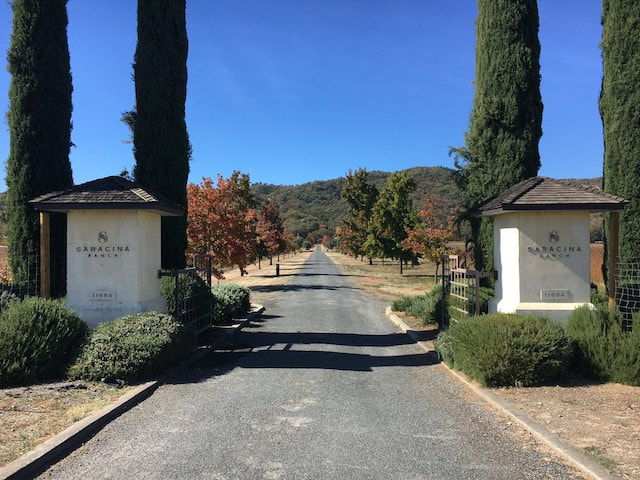
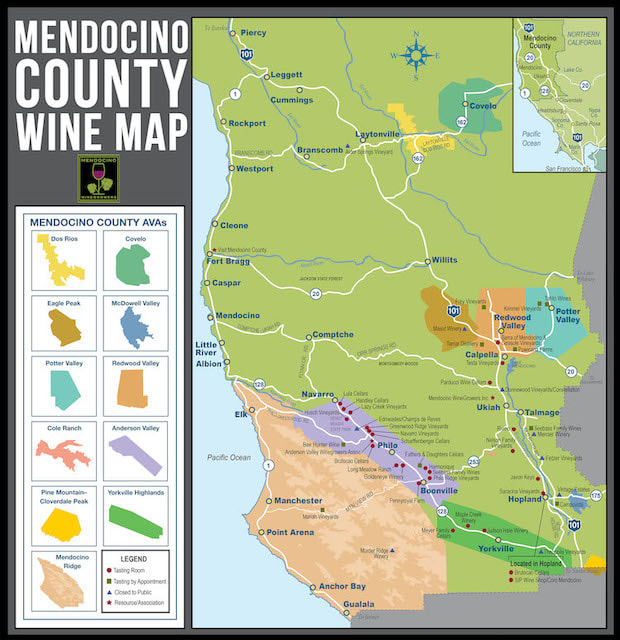
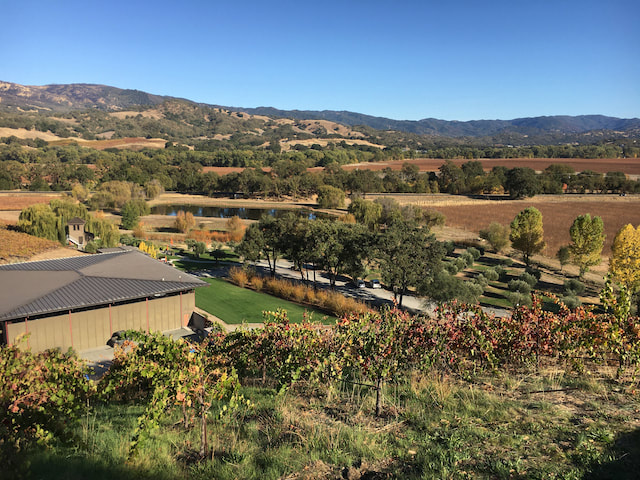
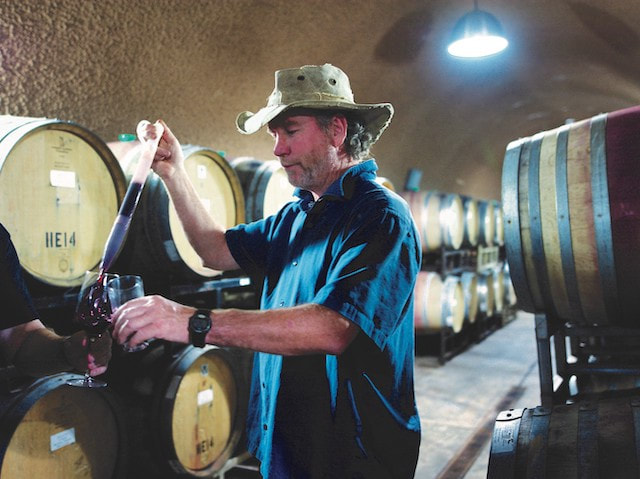
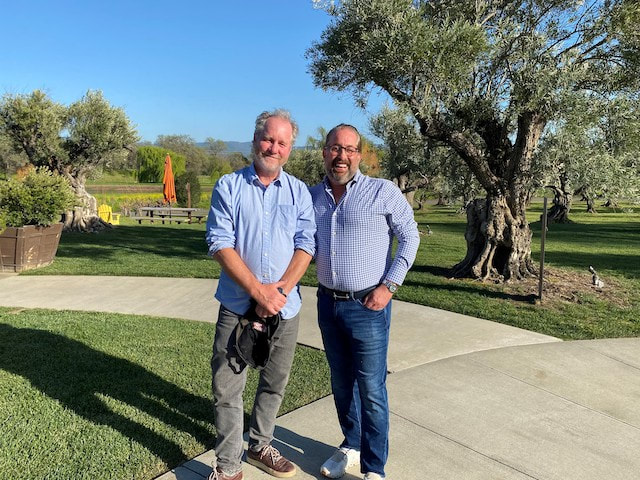
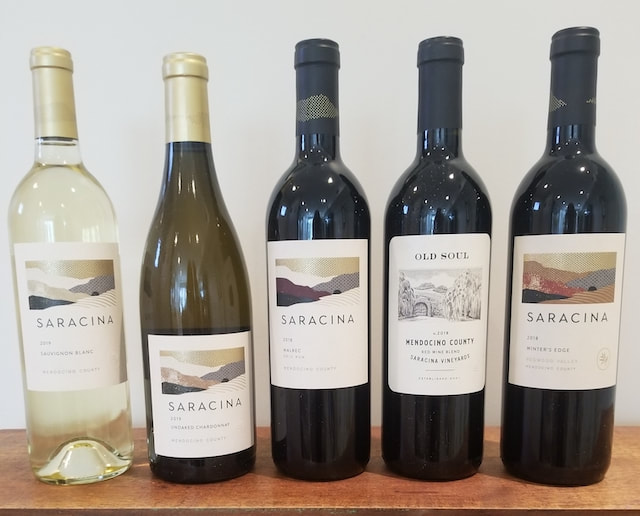
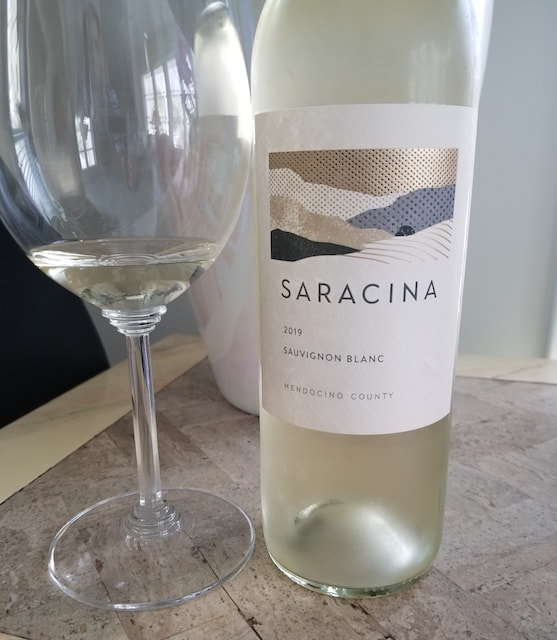
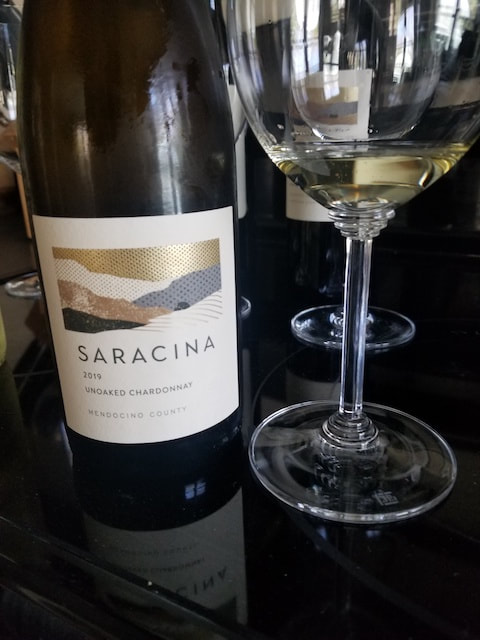
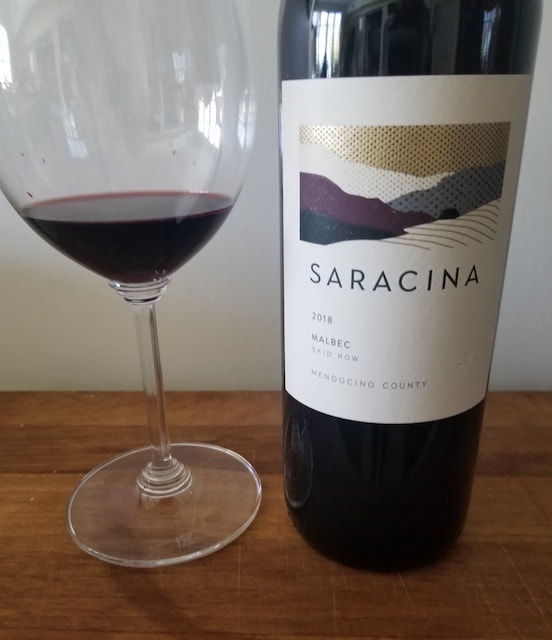
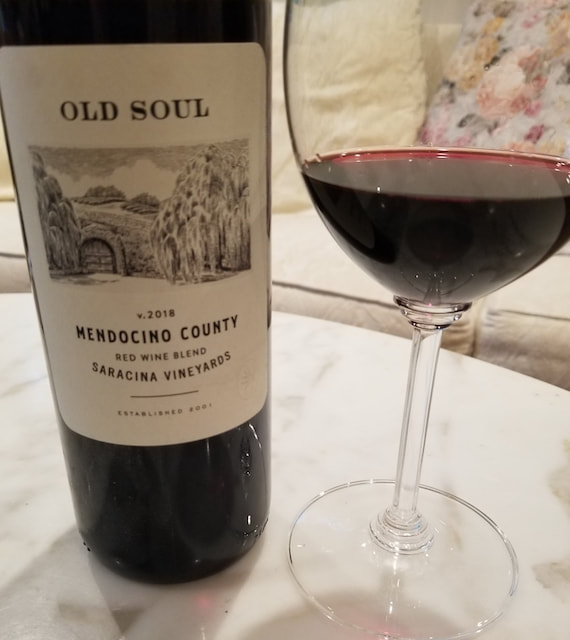
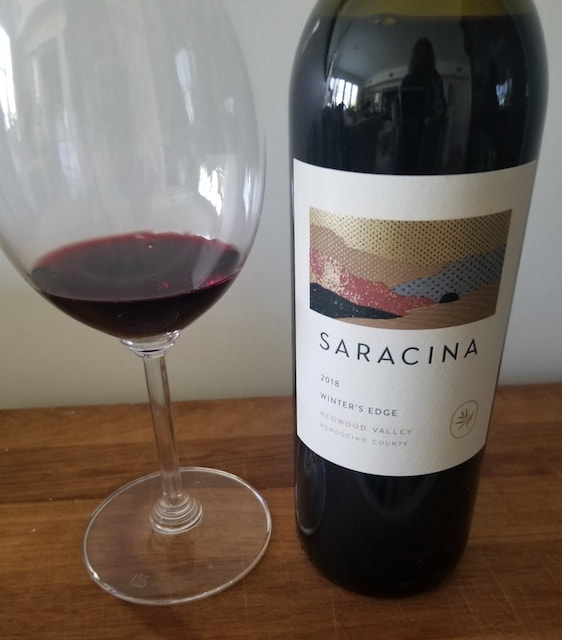
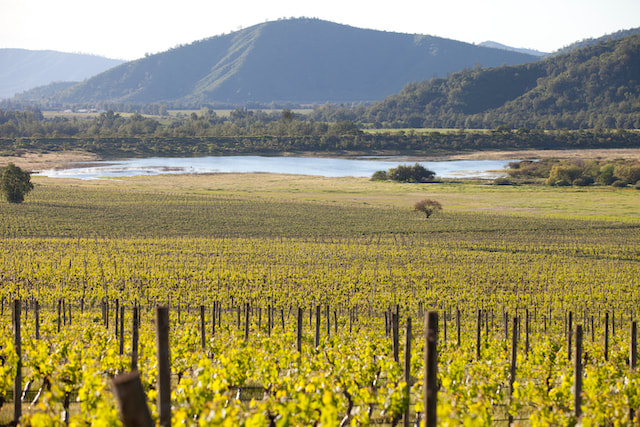
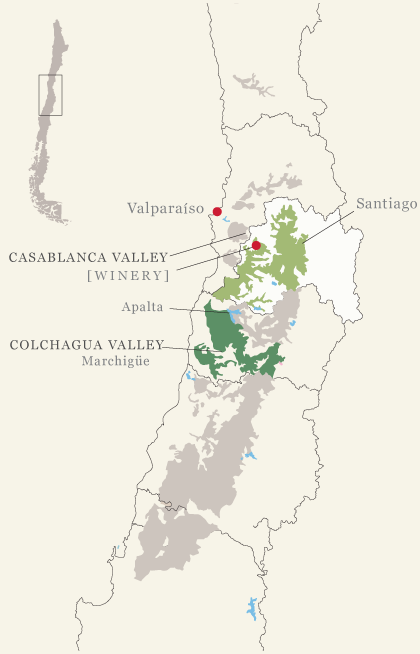
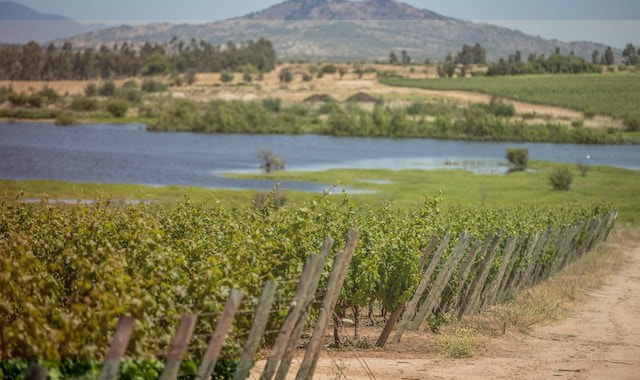
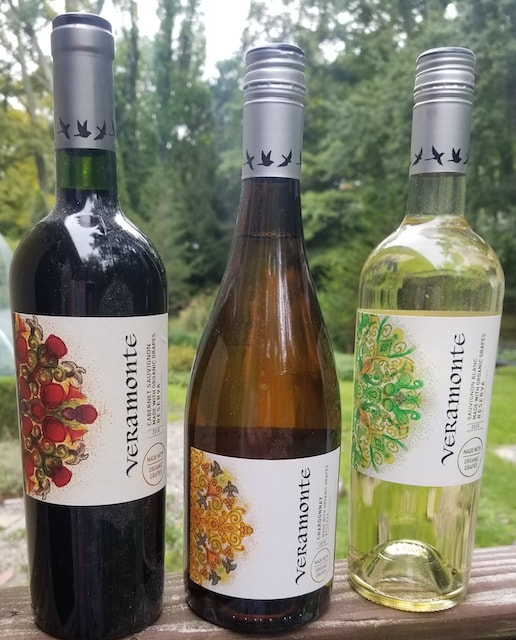
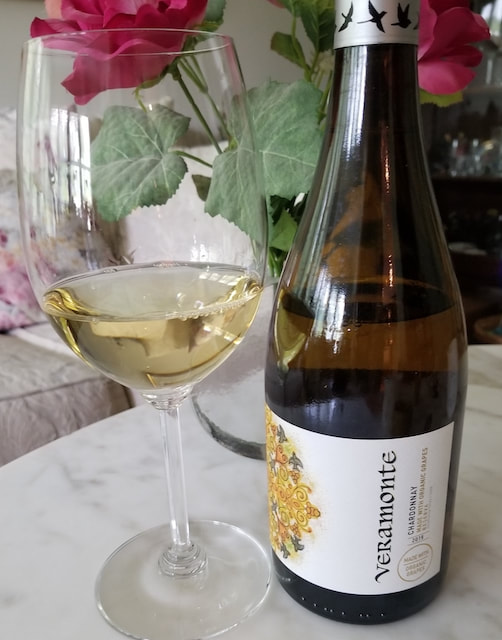
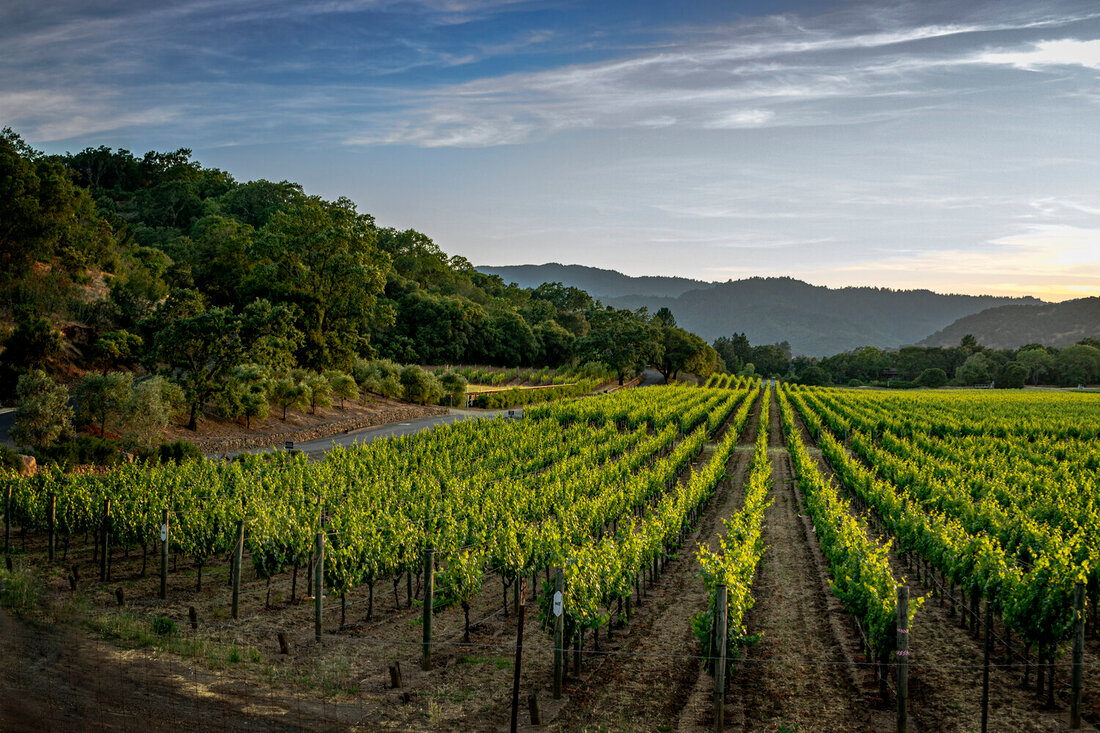
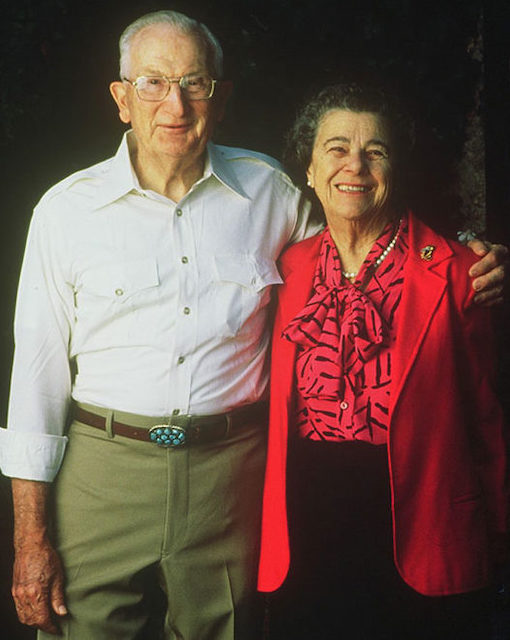
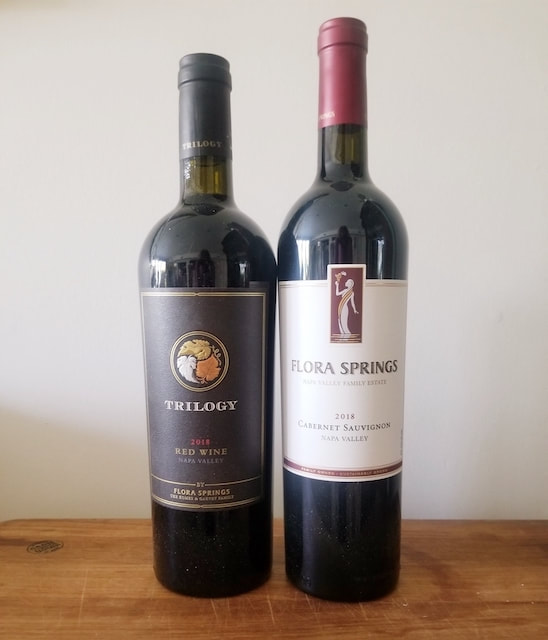
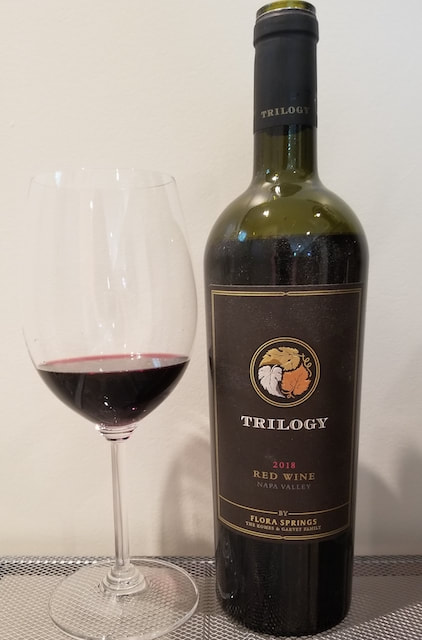
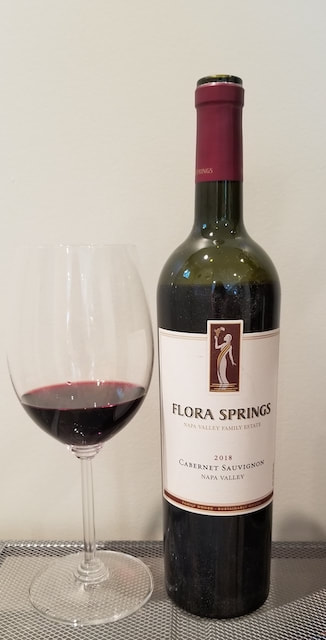
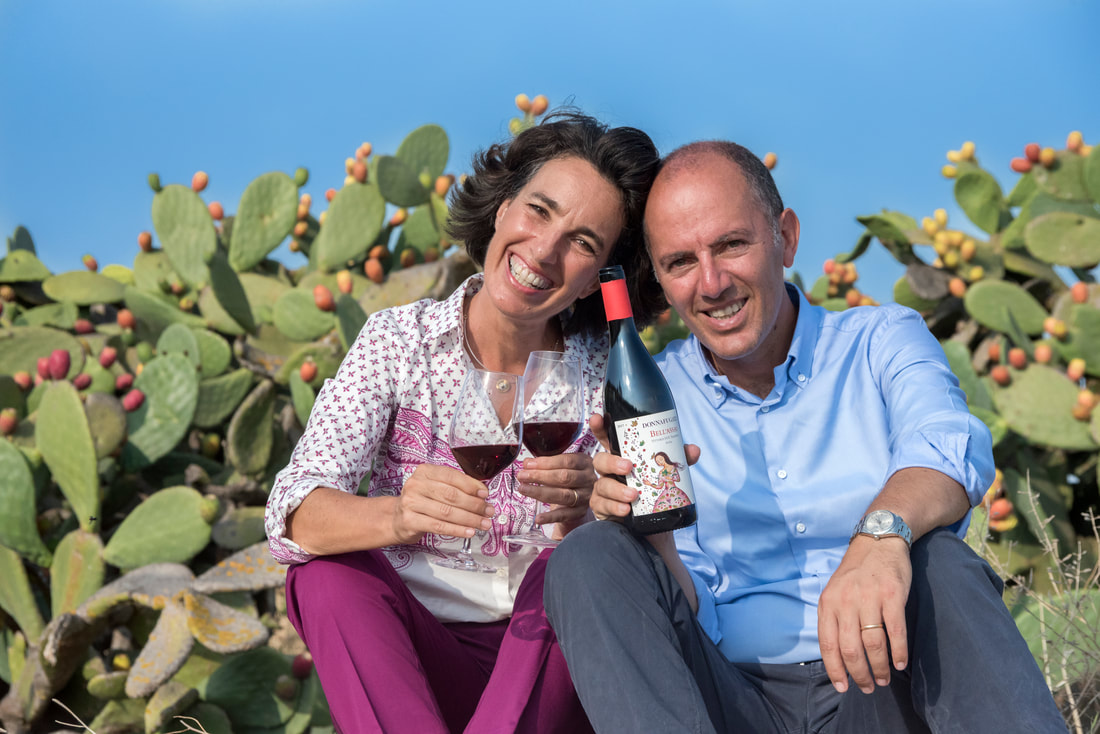
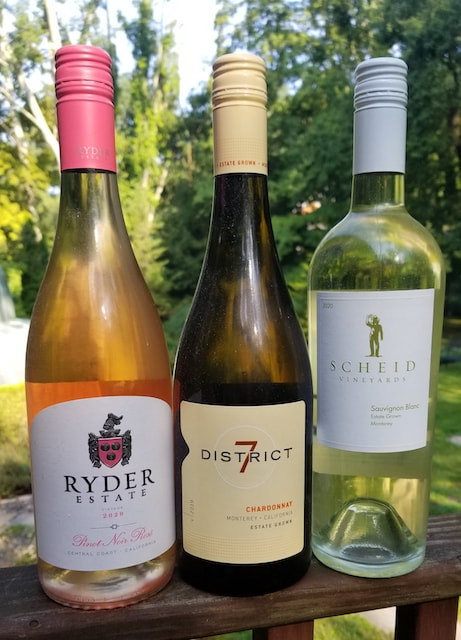
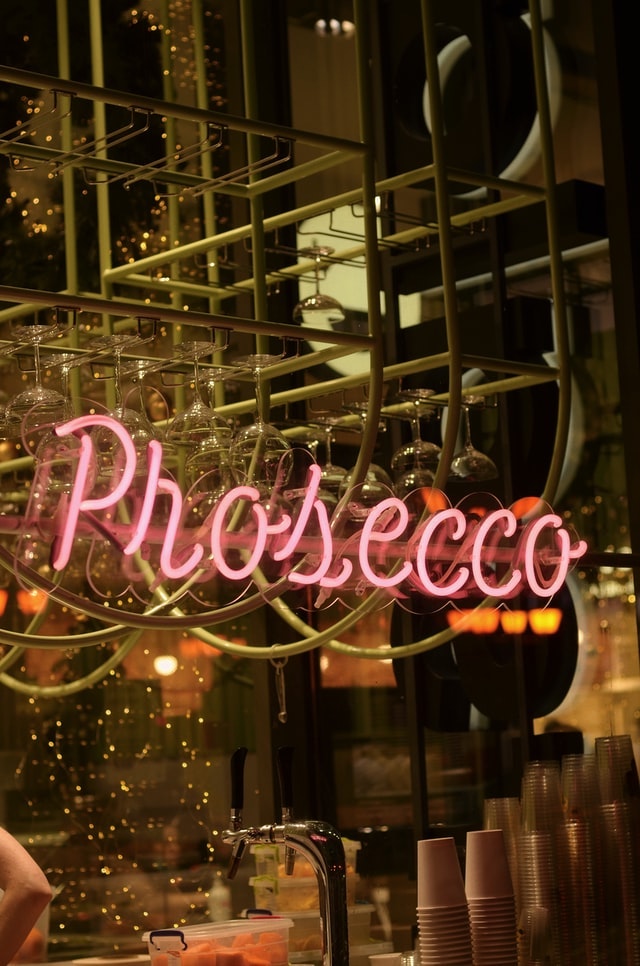
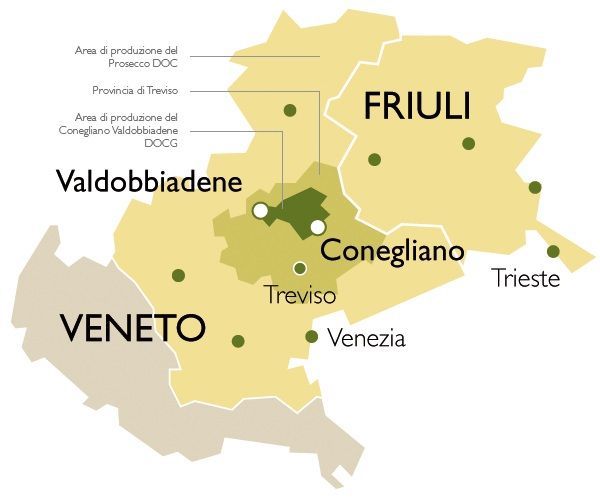
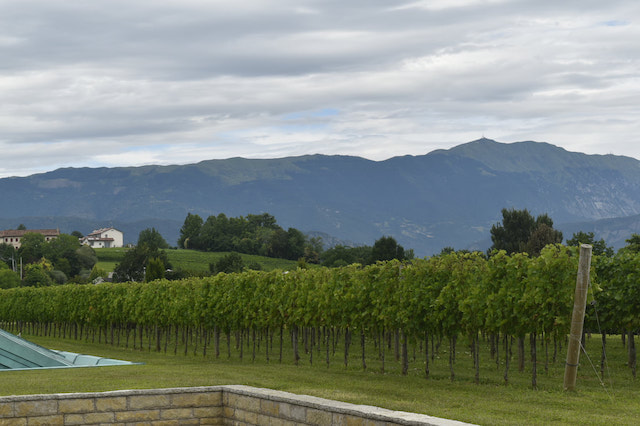
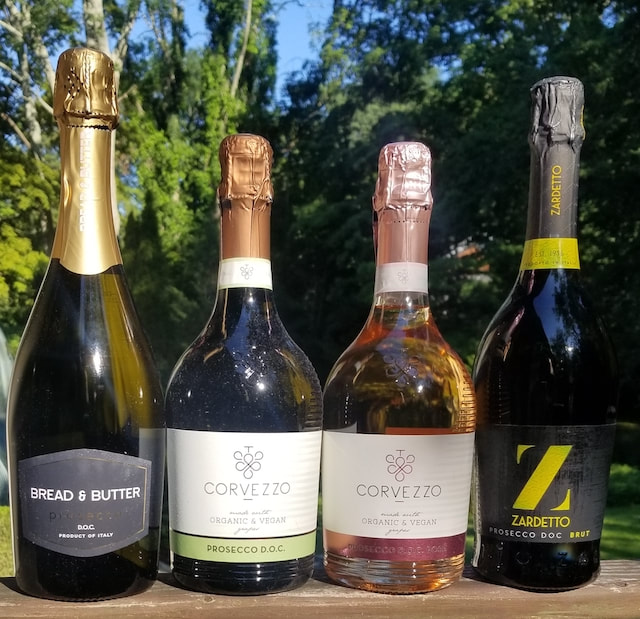
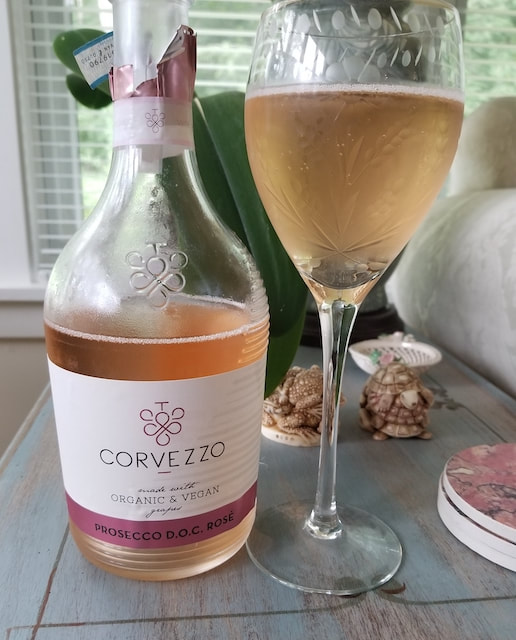
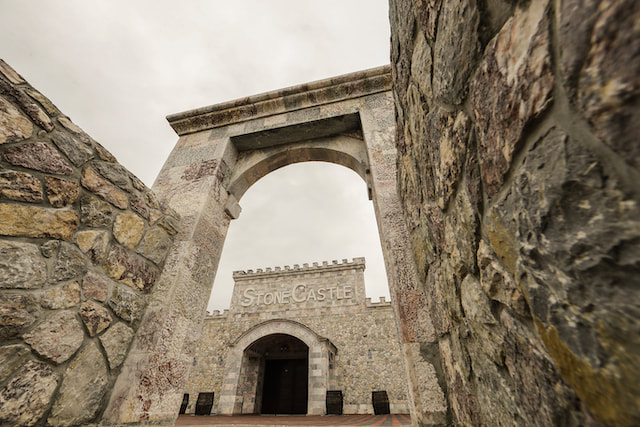

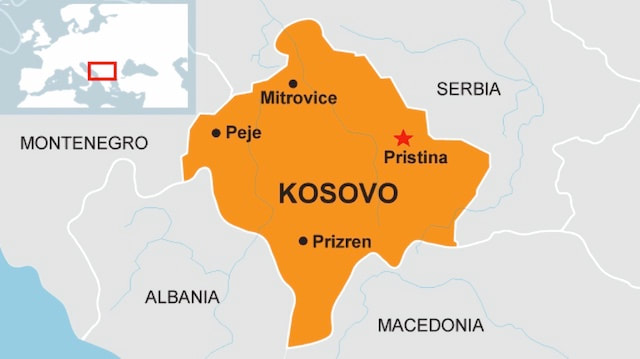
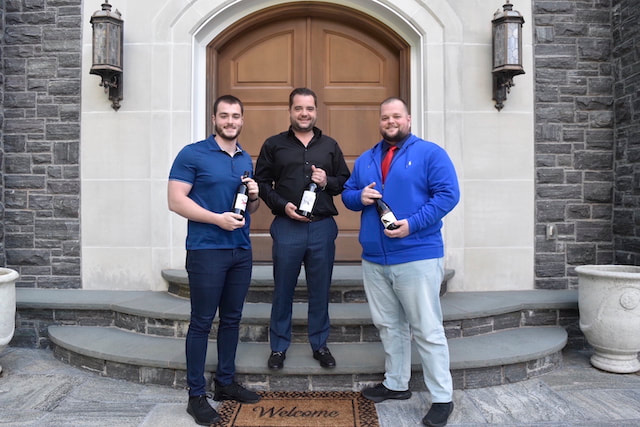
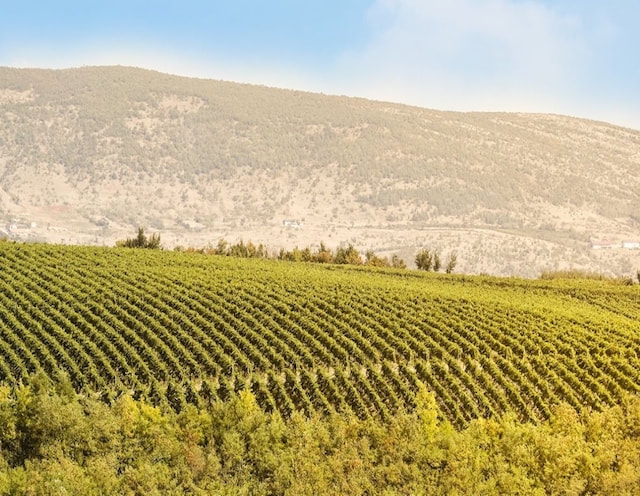
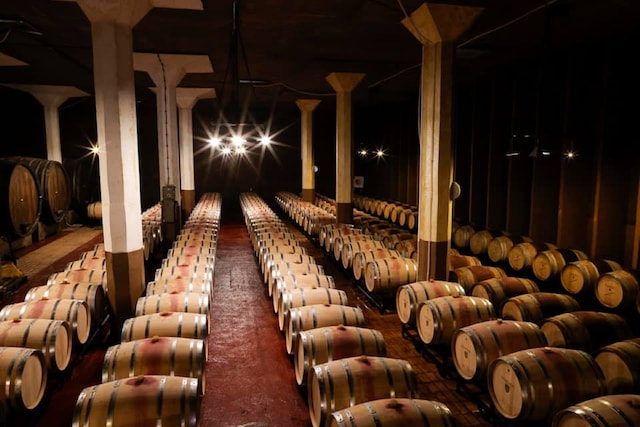
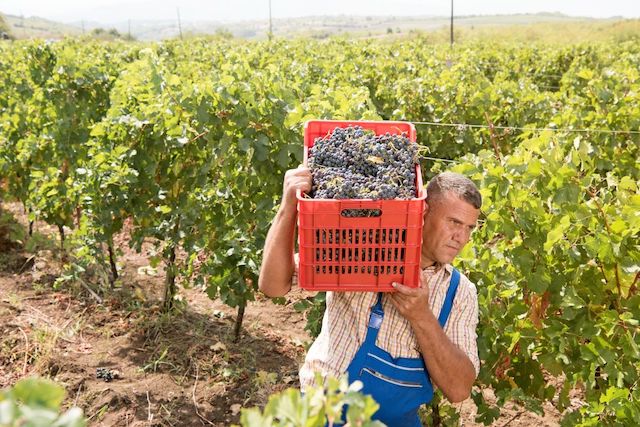
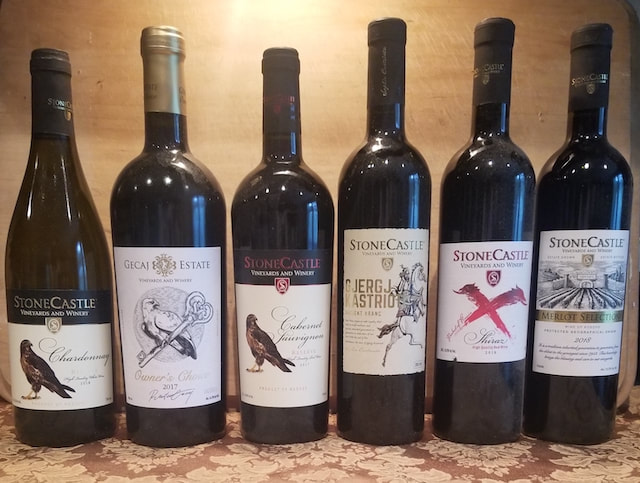
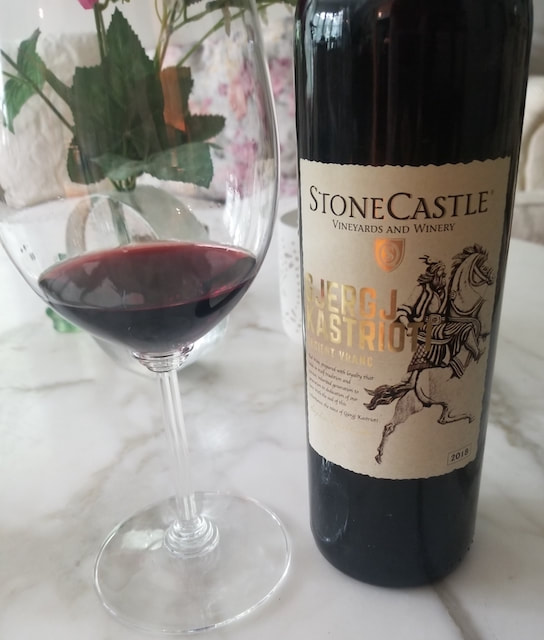
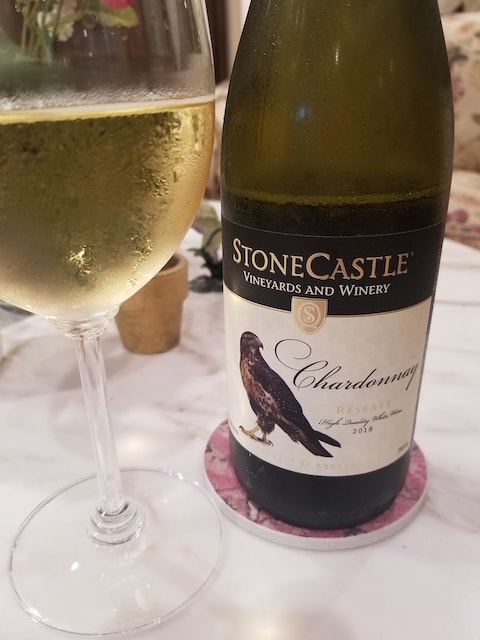
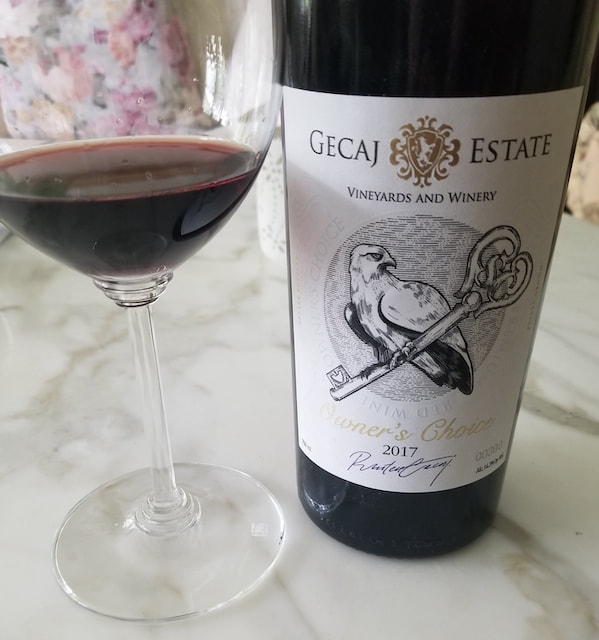
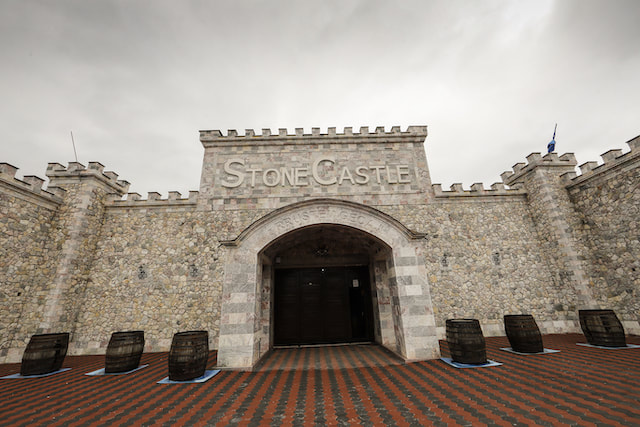
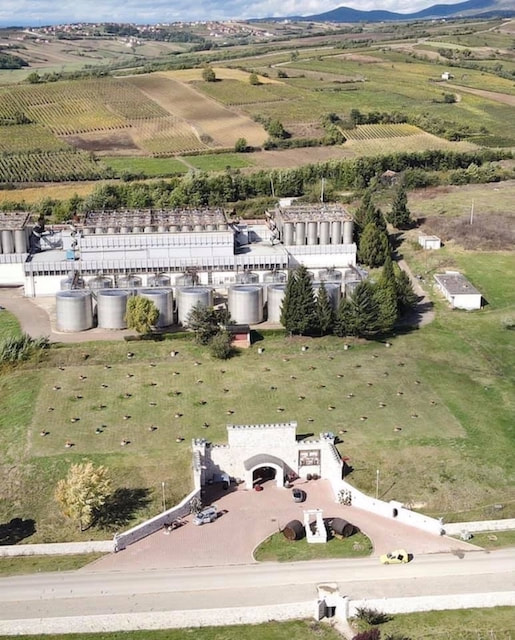
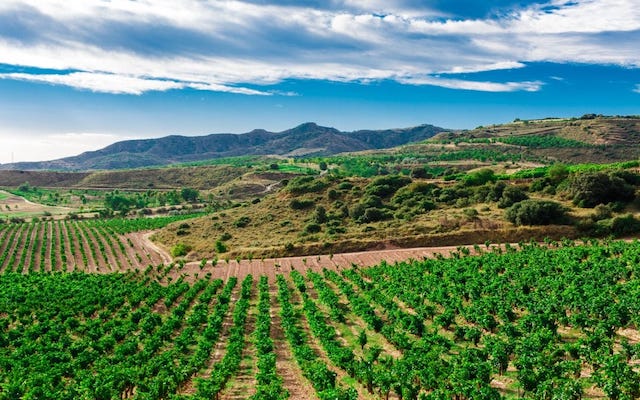
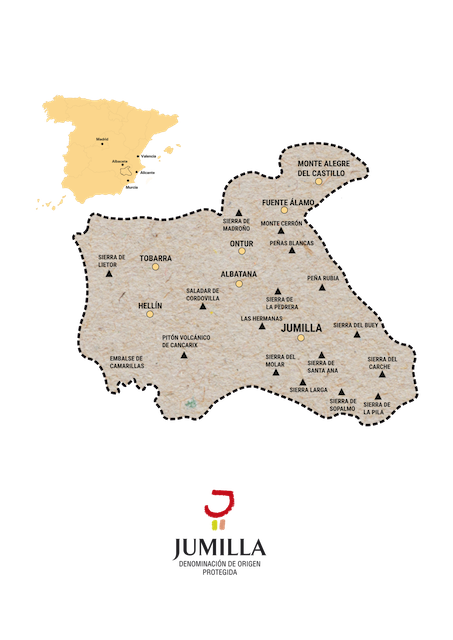
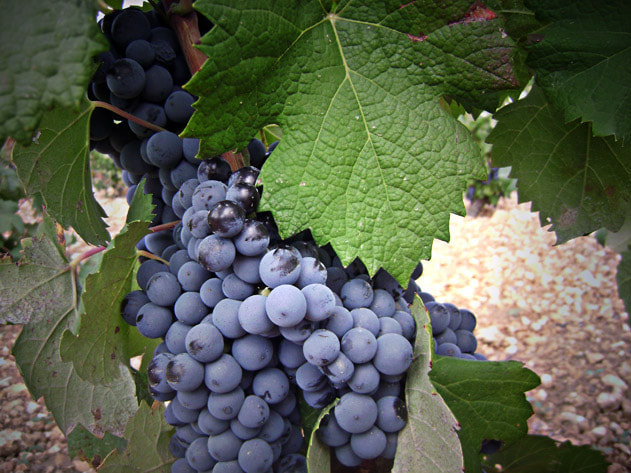
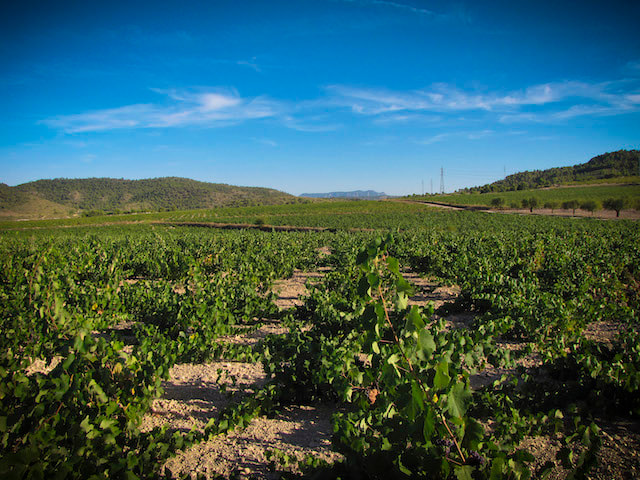
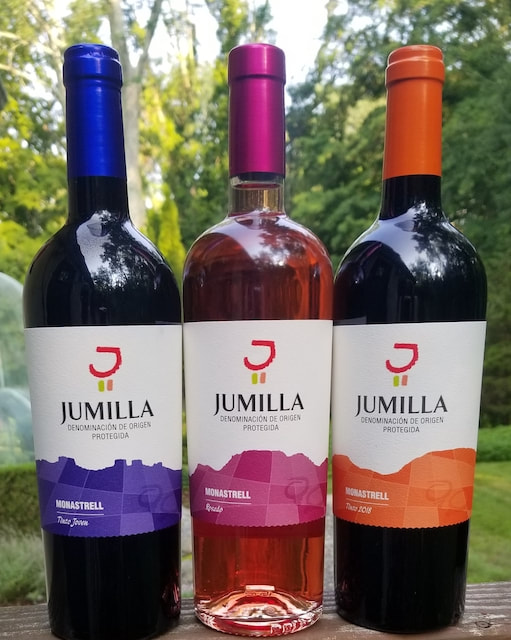
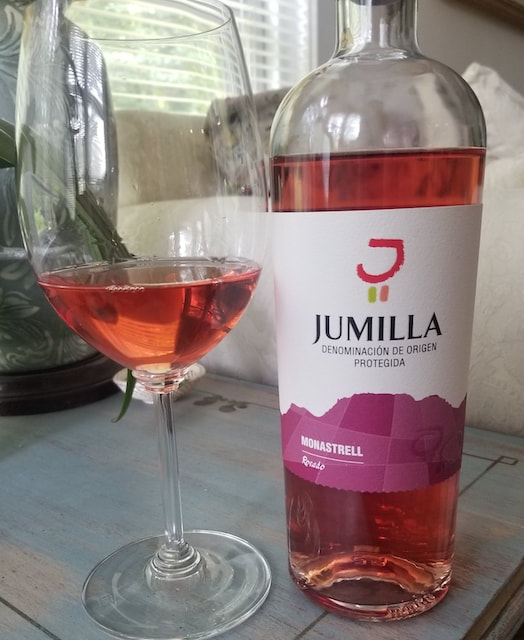
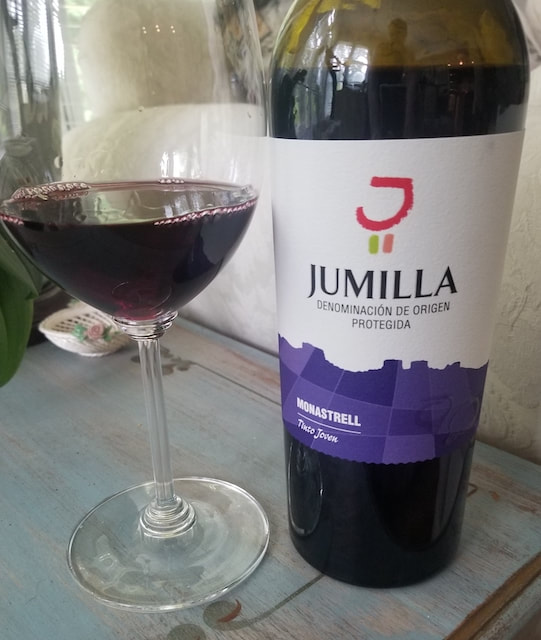
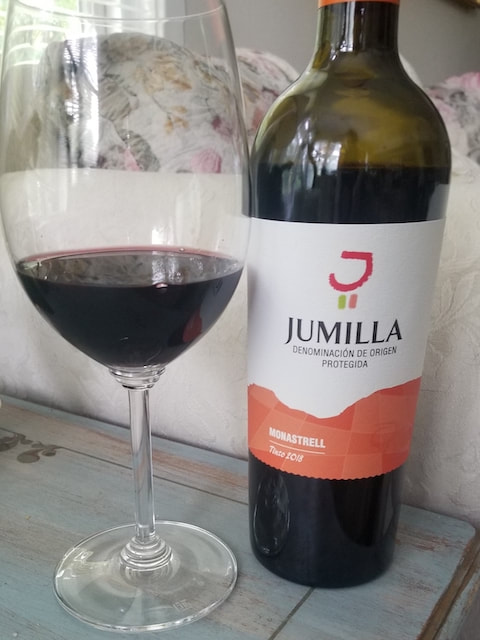
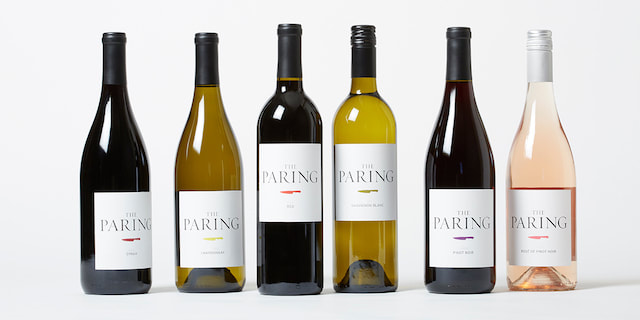
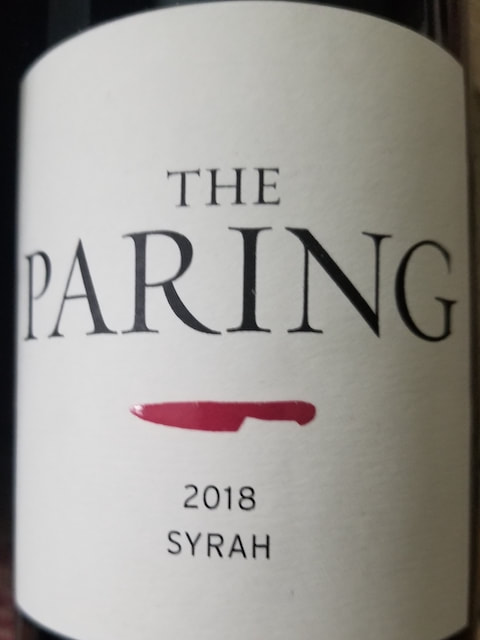
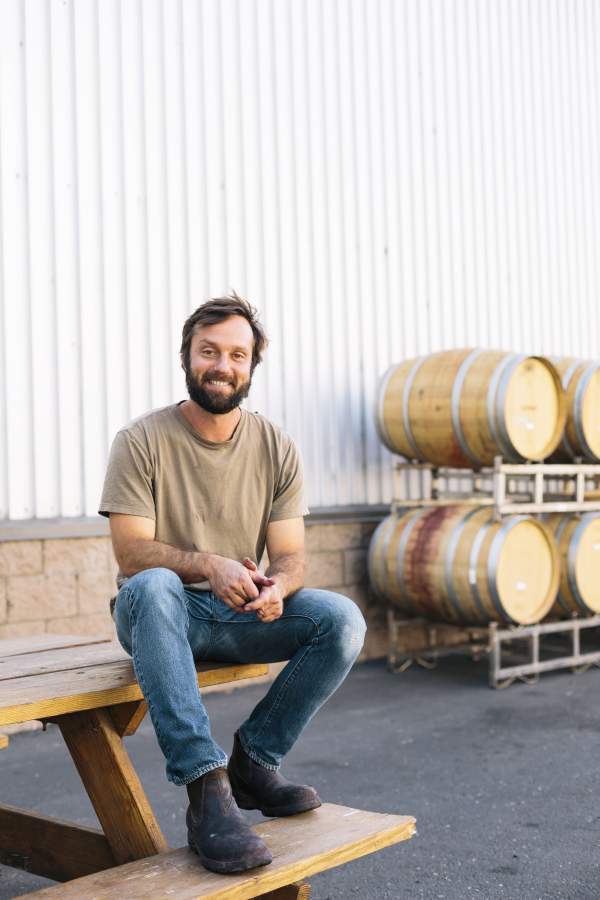
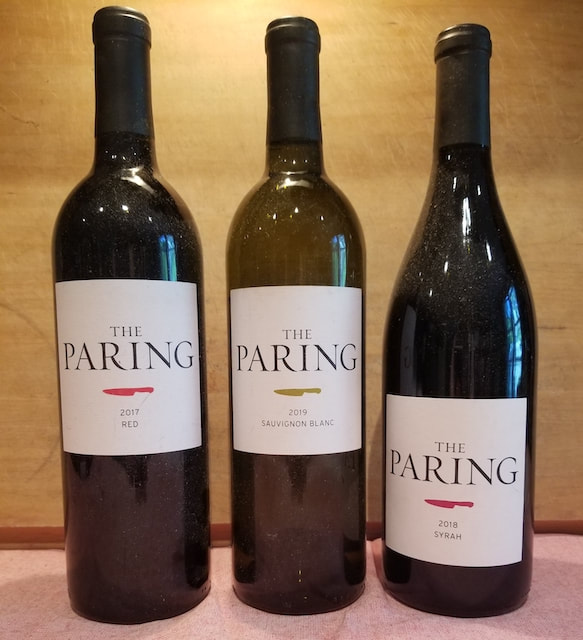
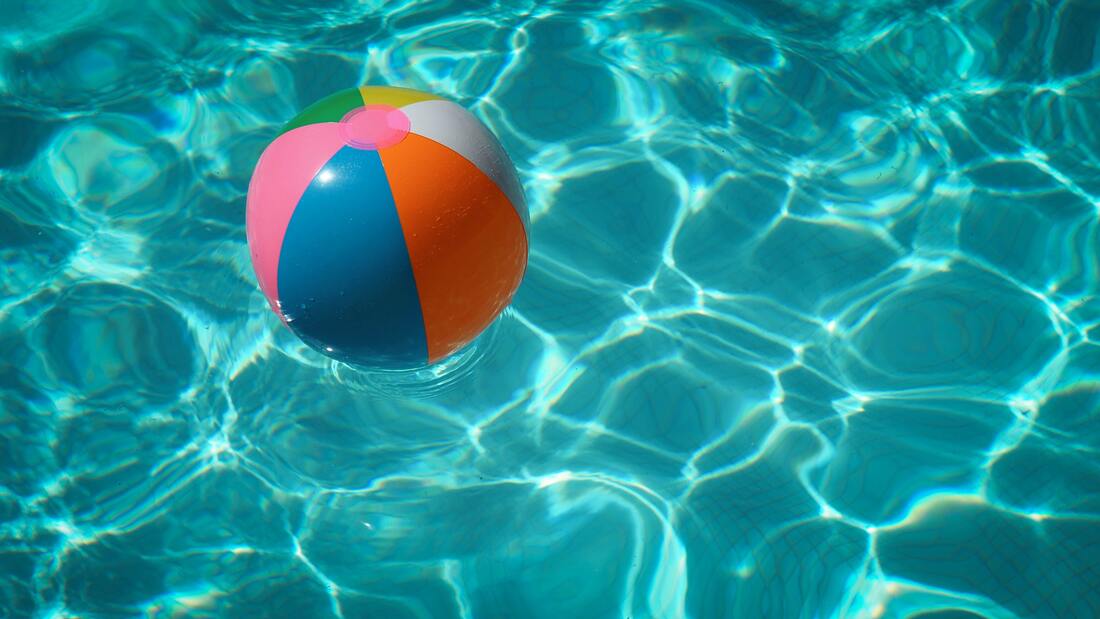
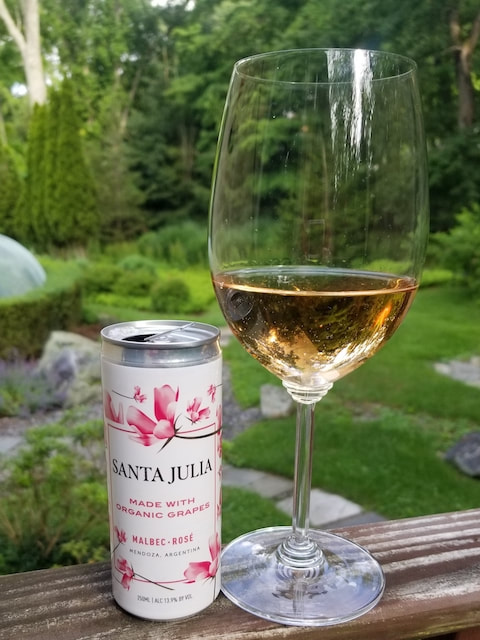
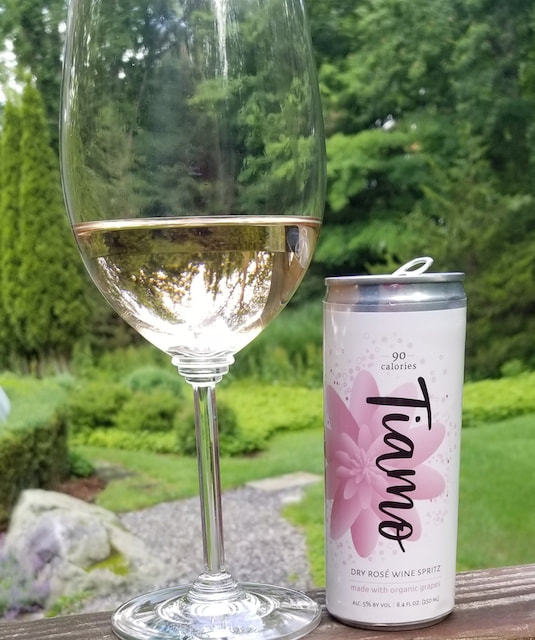
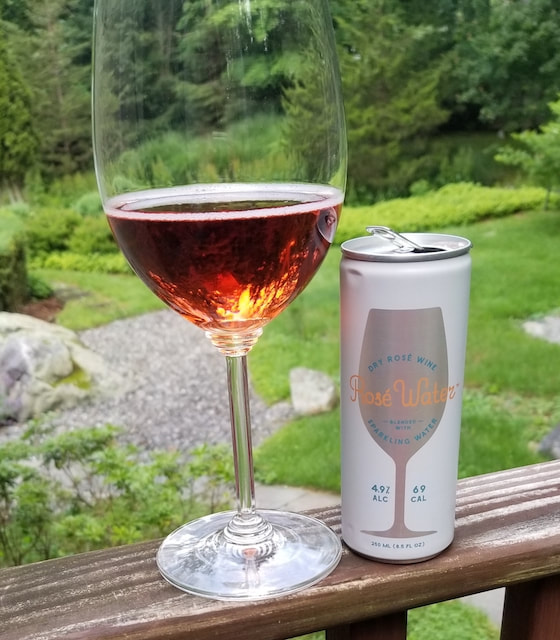
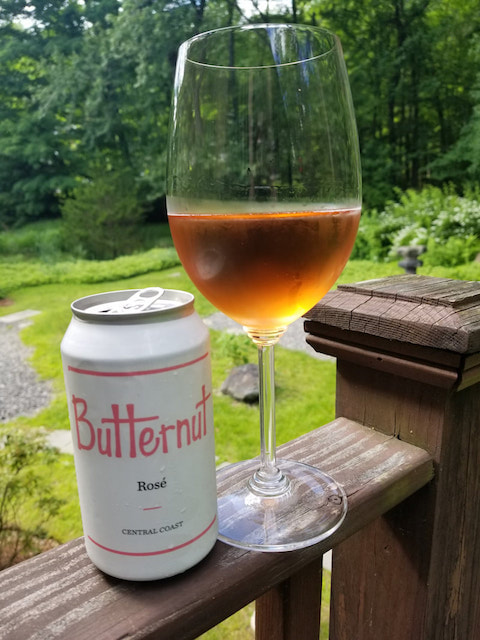
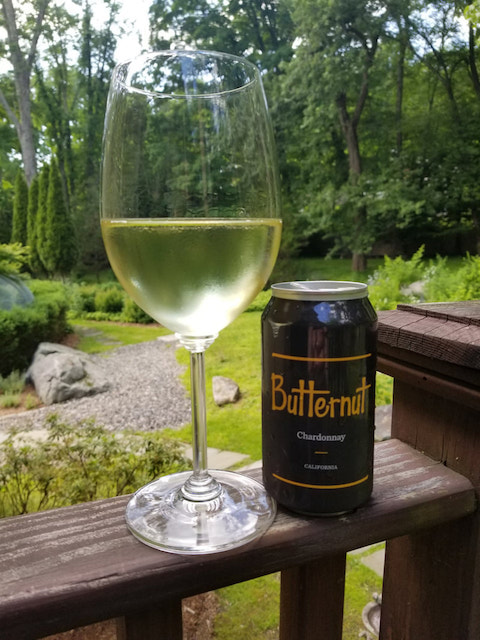
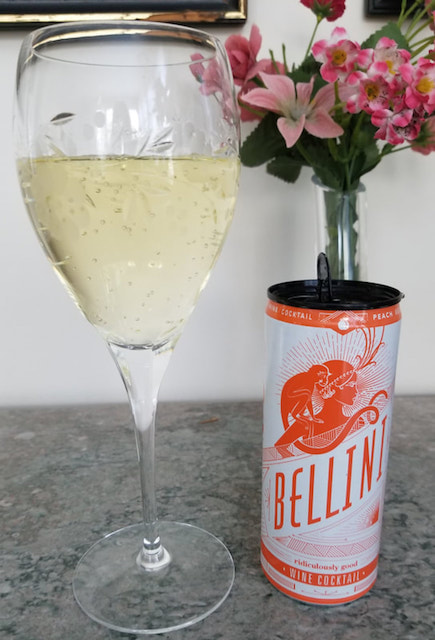
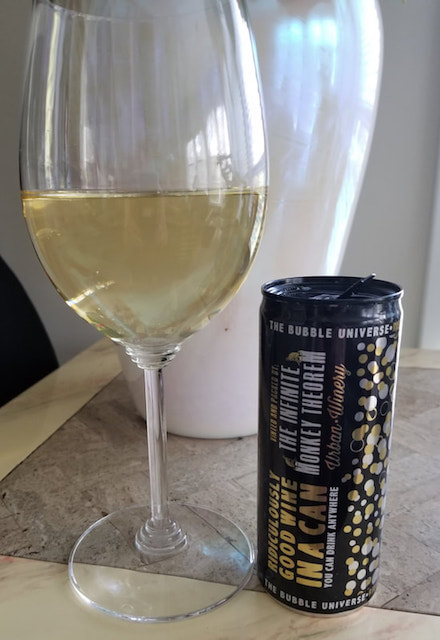
 RSS Feed
RSS Feed